

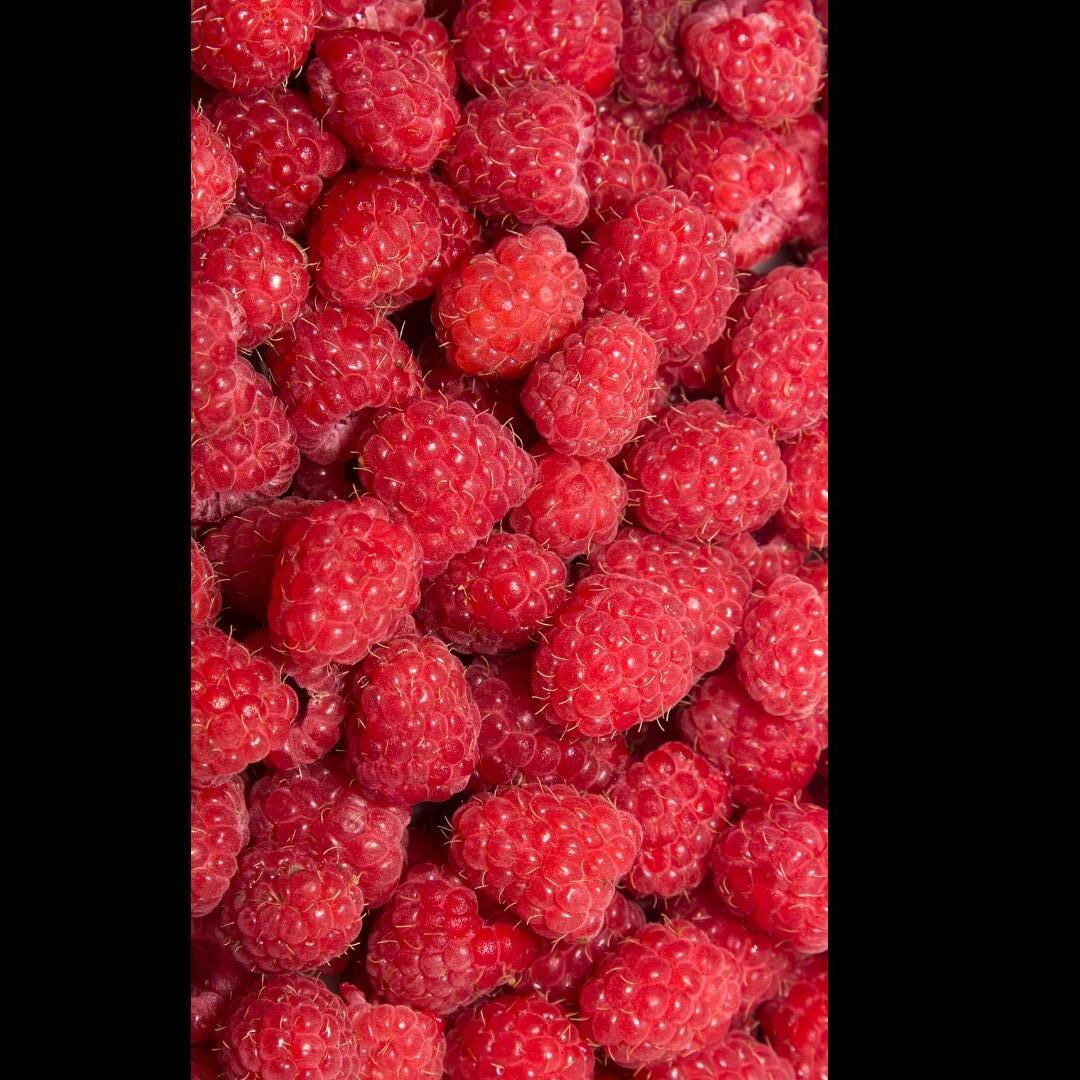
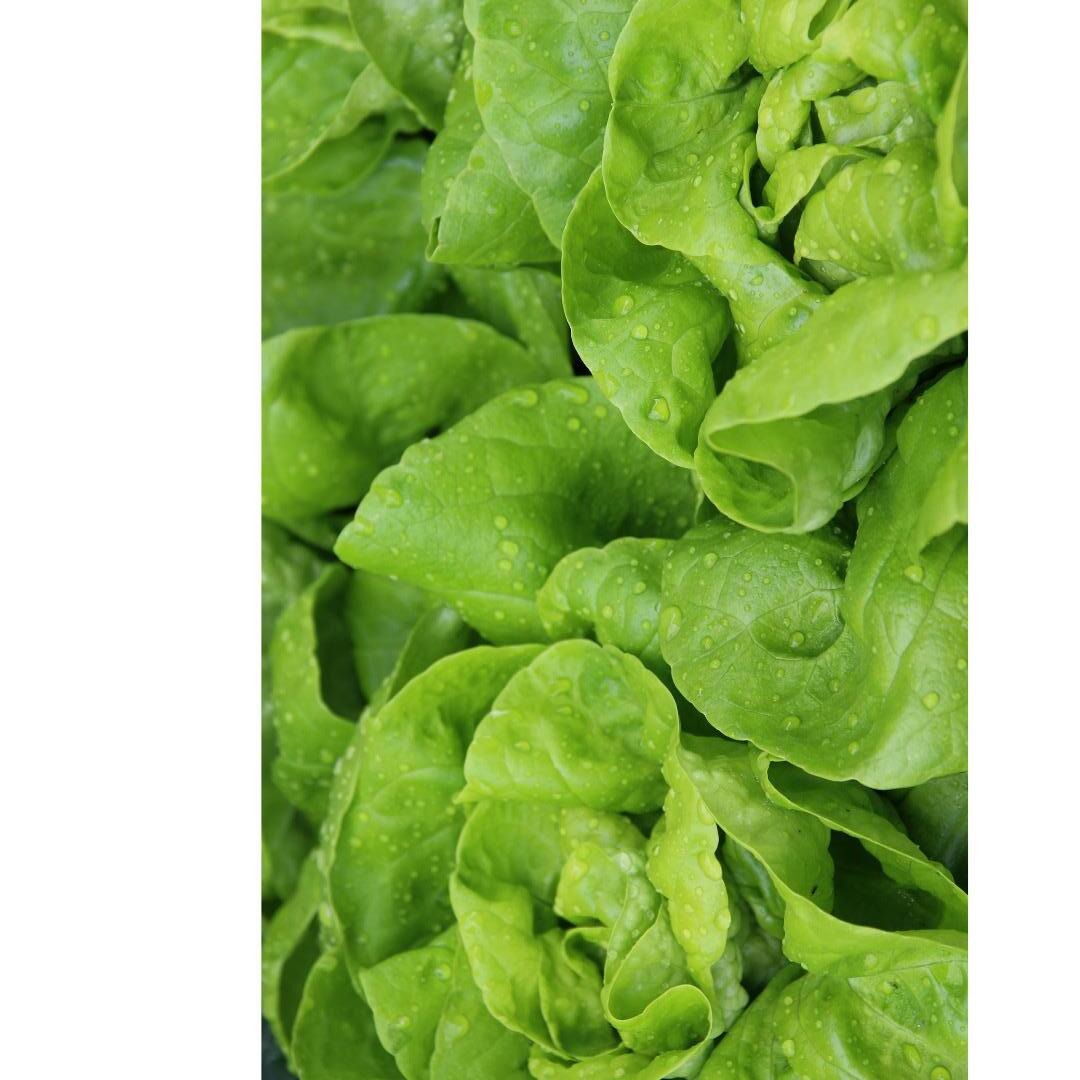
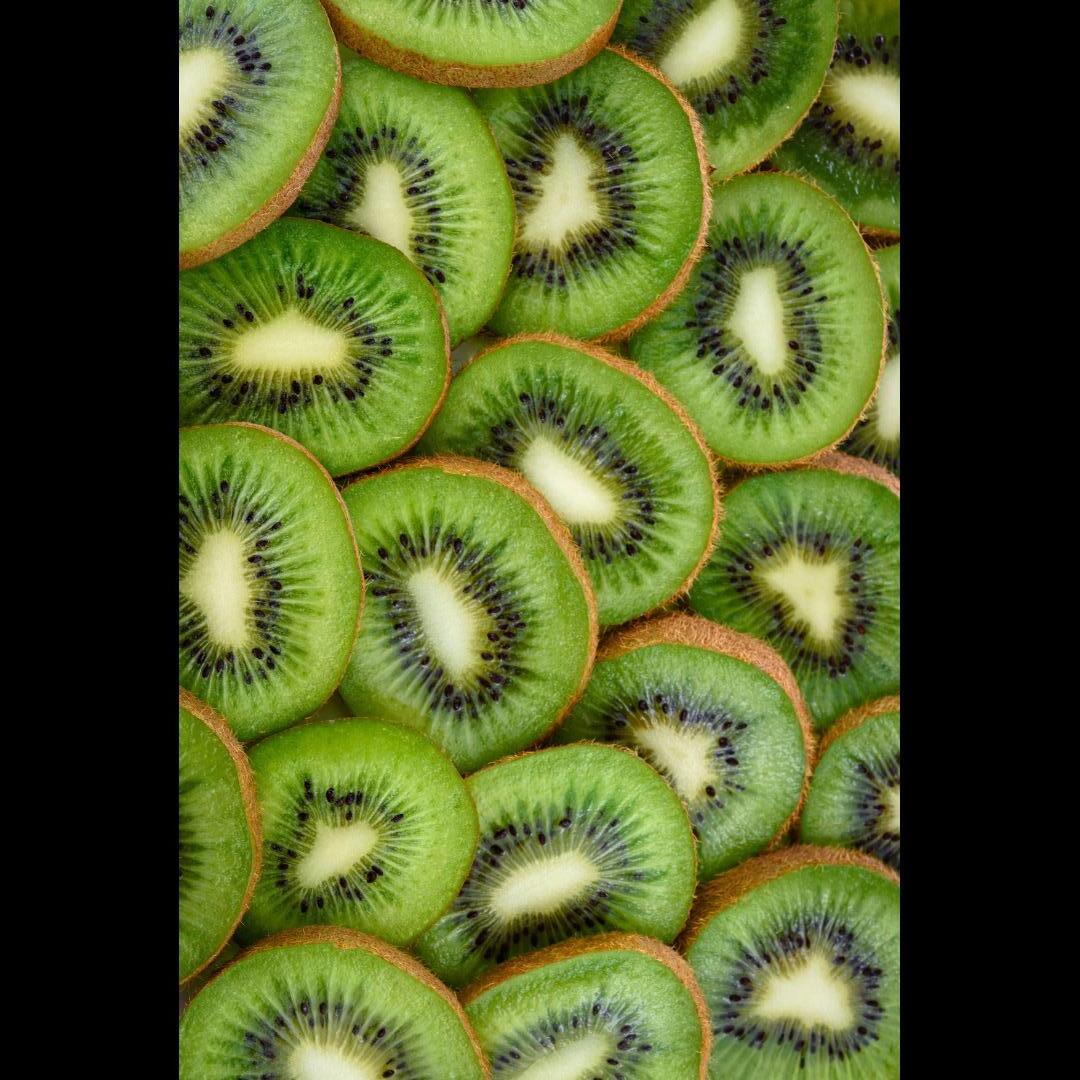

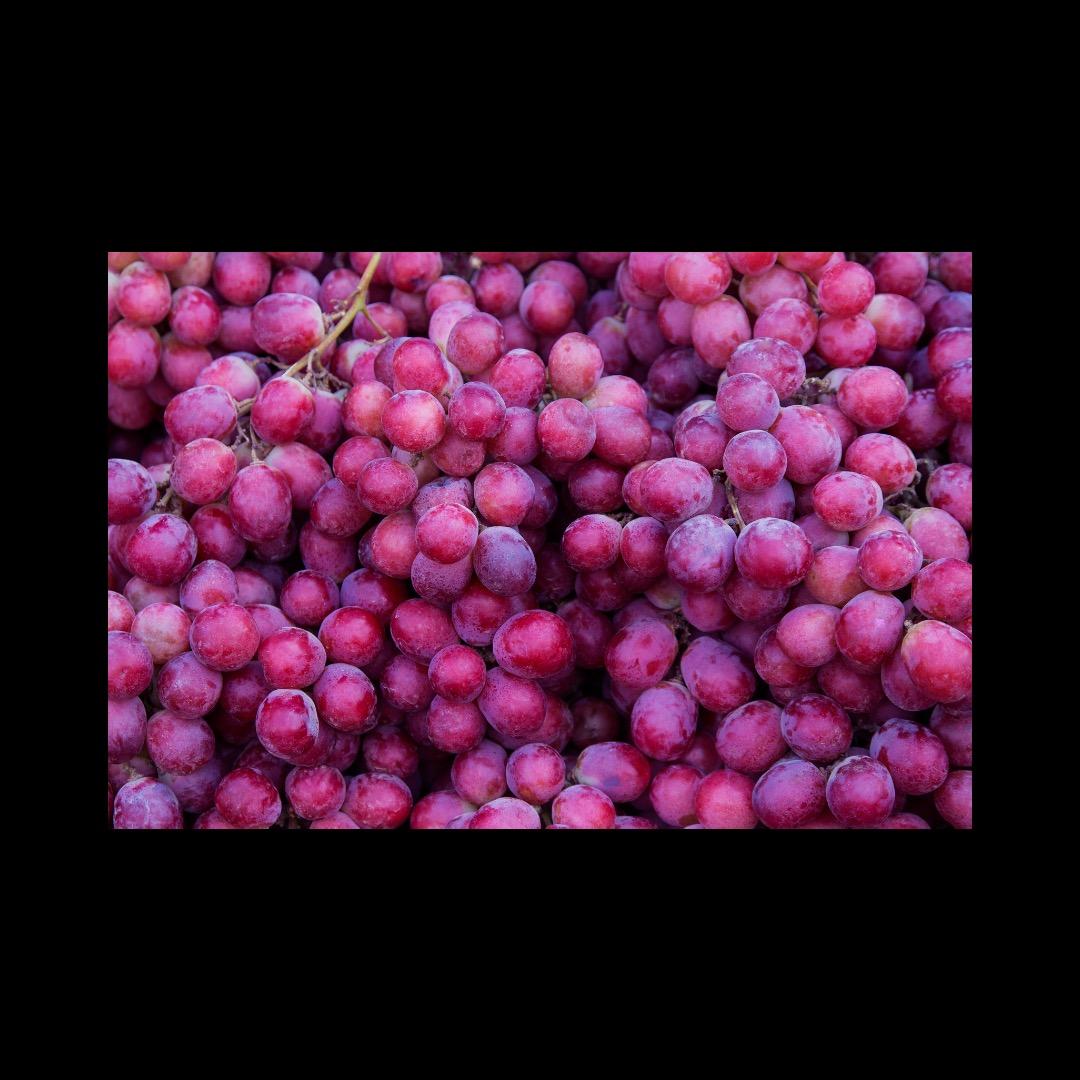




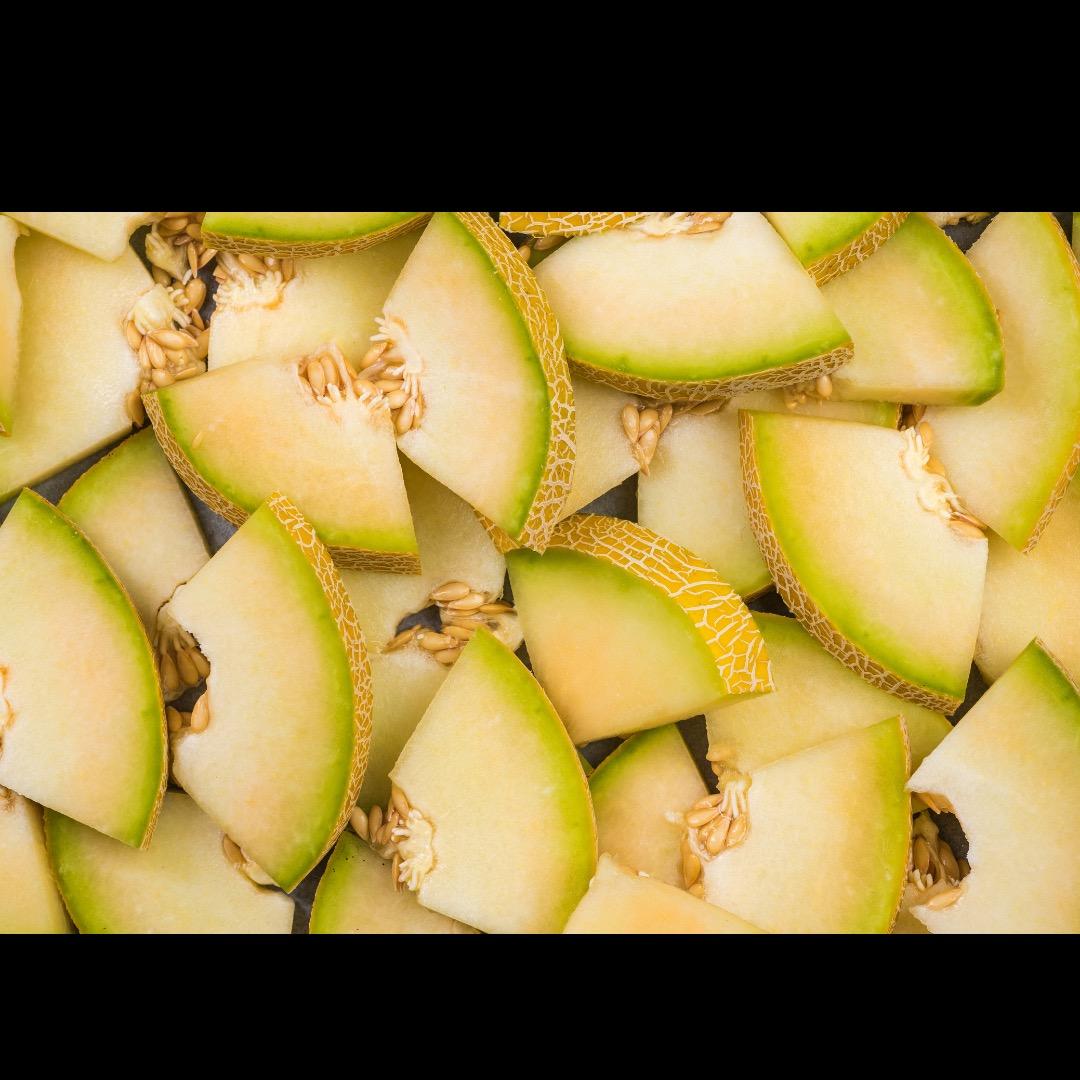

Green County School System’s School Nutrition department is proud to be offering custom LEARN MORE enrichment highlighting the foods on their menus & promoting nutrition education!

Greene County School System’s Wellness Policy

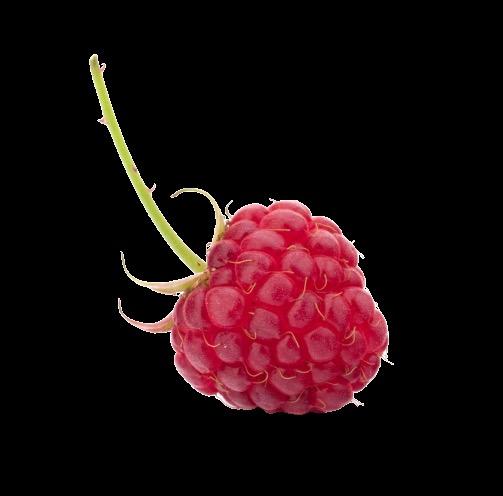

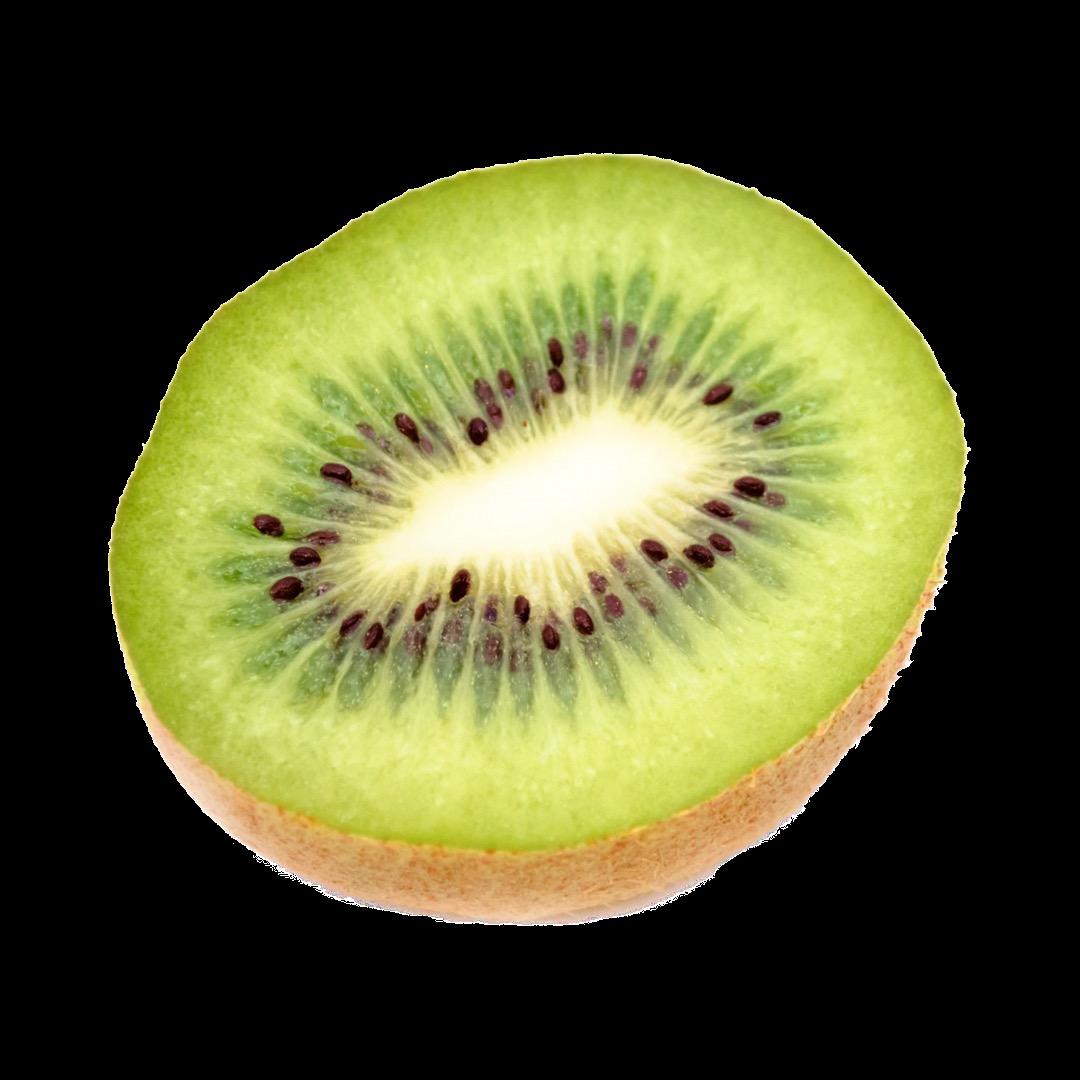



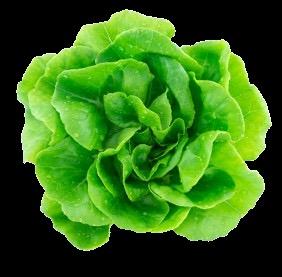
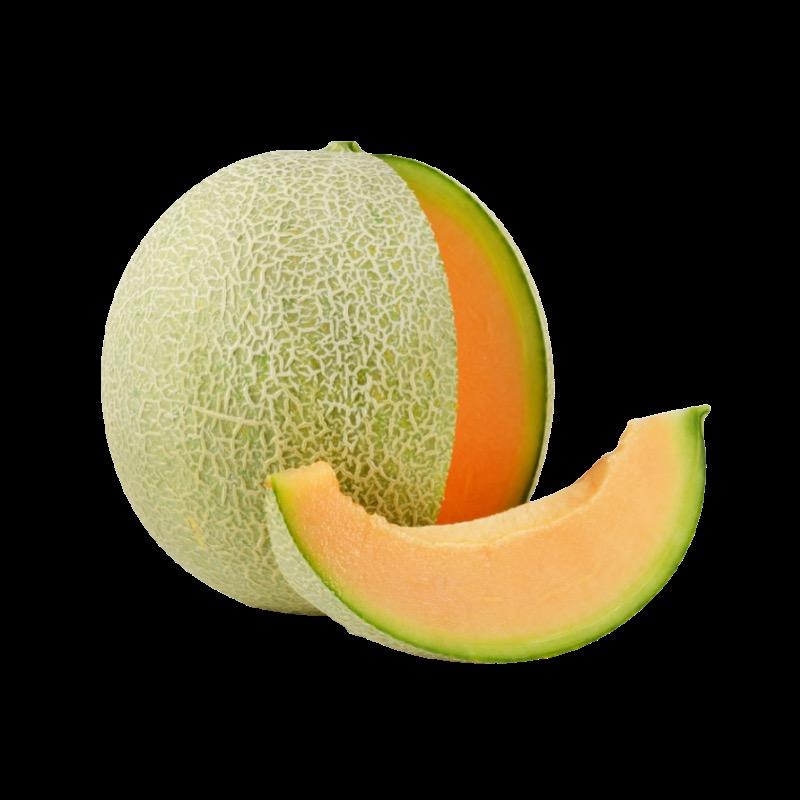















Green County School System’s School Nutrition department is proud to be offering custom LEARN MORE enrichment highlighting the foods on their menus & promoting nutrition education!

Greene County School System’s Wellness Policy










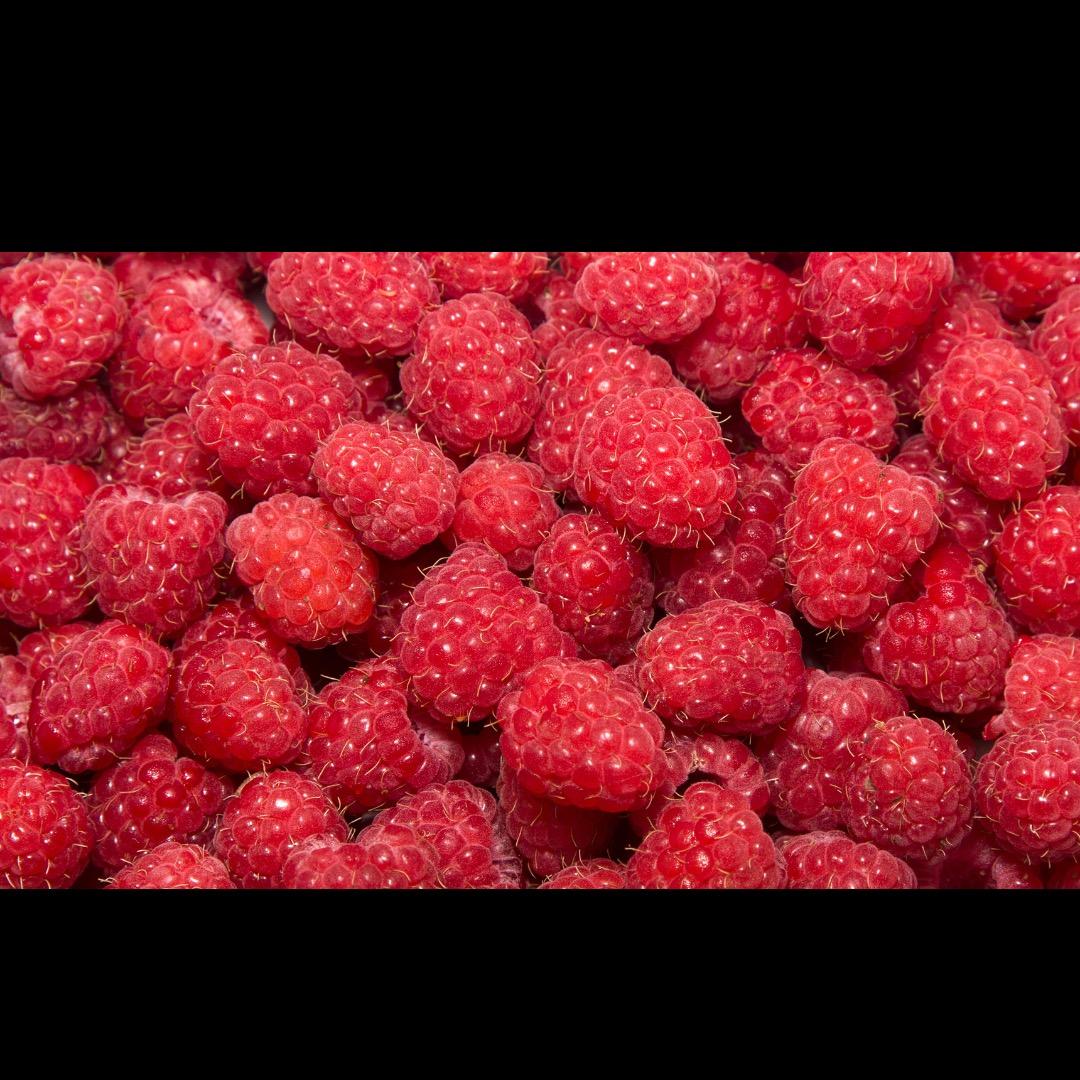


Raspberries are a type of aggregate fruit.

Raspberries are a part of the rose family.
1 raspberry plant can produce 300+ raspberries/year.
Raspberry plants can live for up to 10 years.
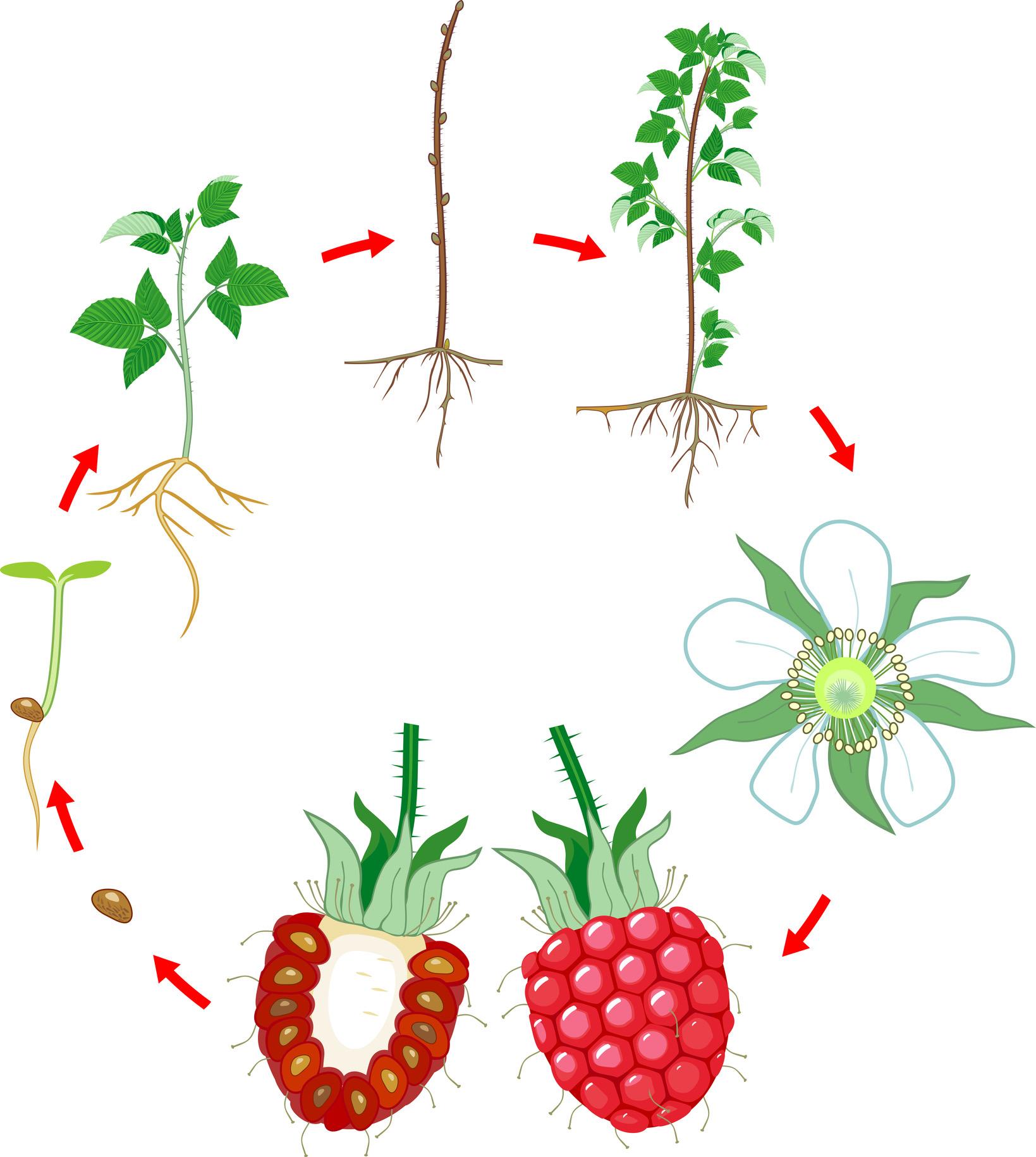
Aggregate fruits are a collection of drupelets held together.

Every raspberry contains 100-120 small seeds – 1 seed per “drupelet.”
Raspberries are related to blackberries.
200+ varieties of raspberries.
Red raspberries are the most common type of raspberry.
Raspberries can be red gold or Raspberries grow best in places with cool summers



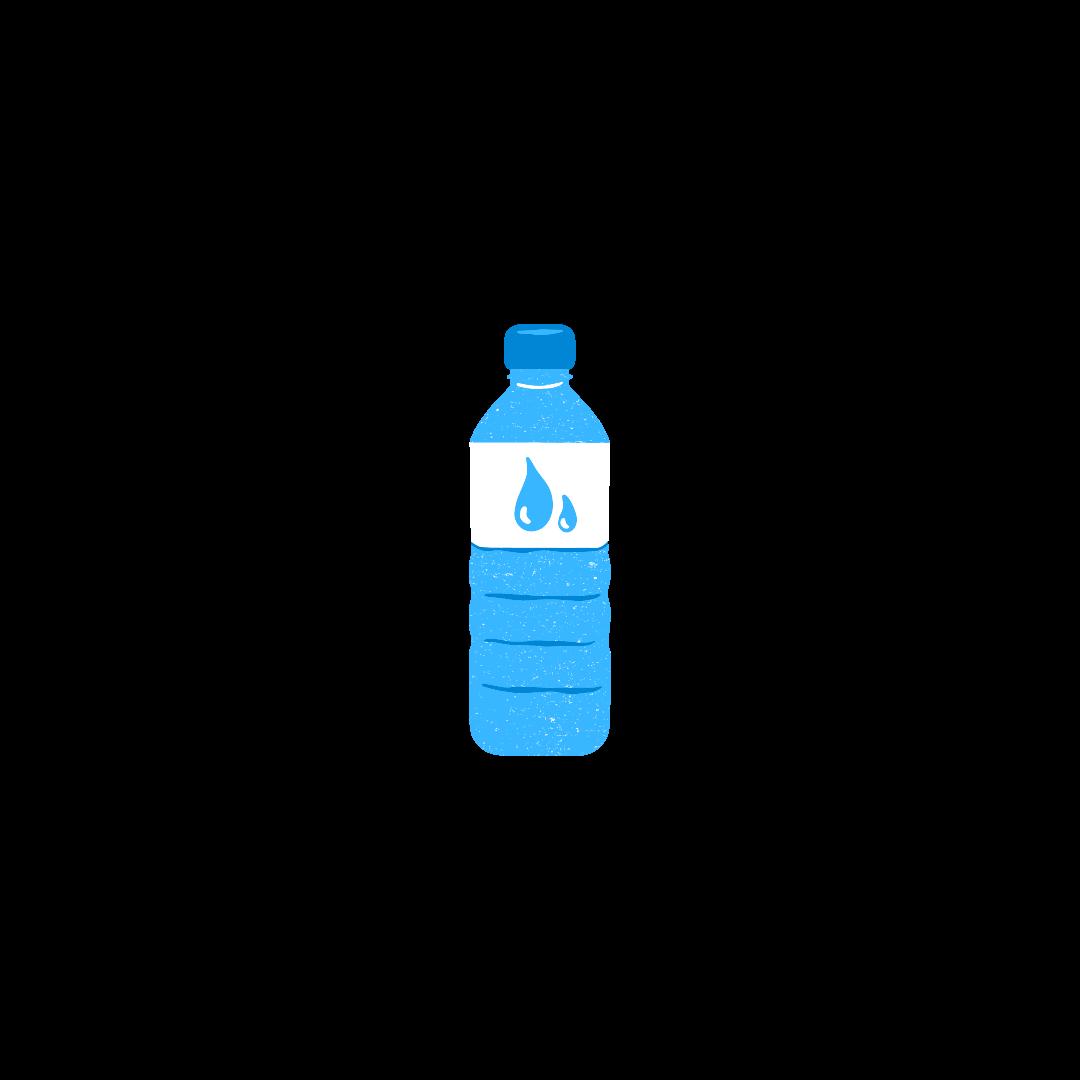

Potassium supports balancing fluid in the body & proper function of the muscles and nerves
Once potassium enters the body, it functions as an electrolyte.
Electrolytes help amount of water in the body.
Helps to keep the body
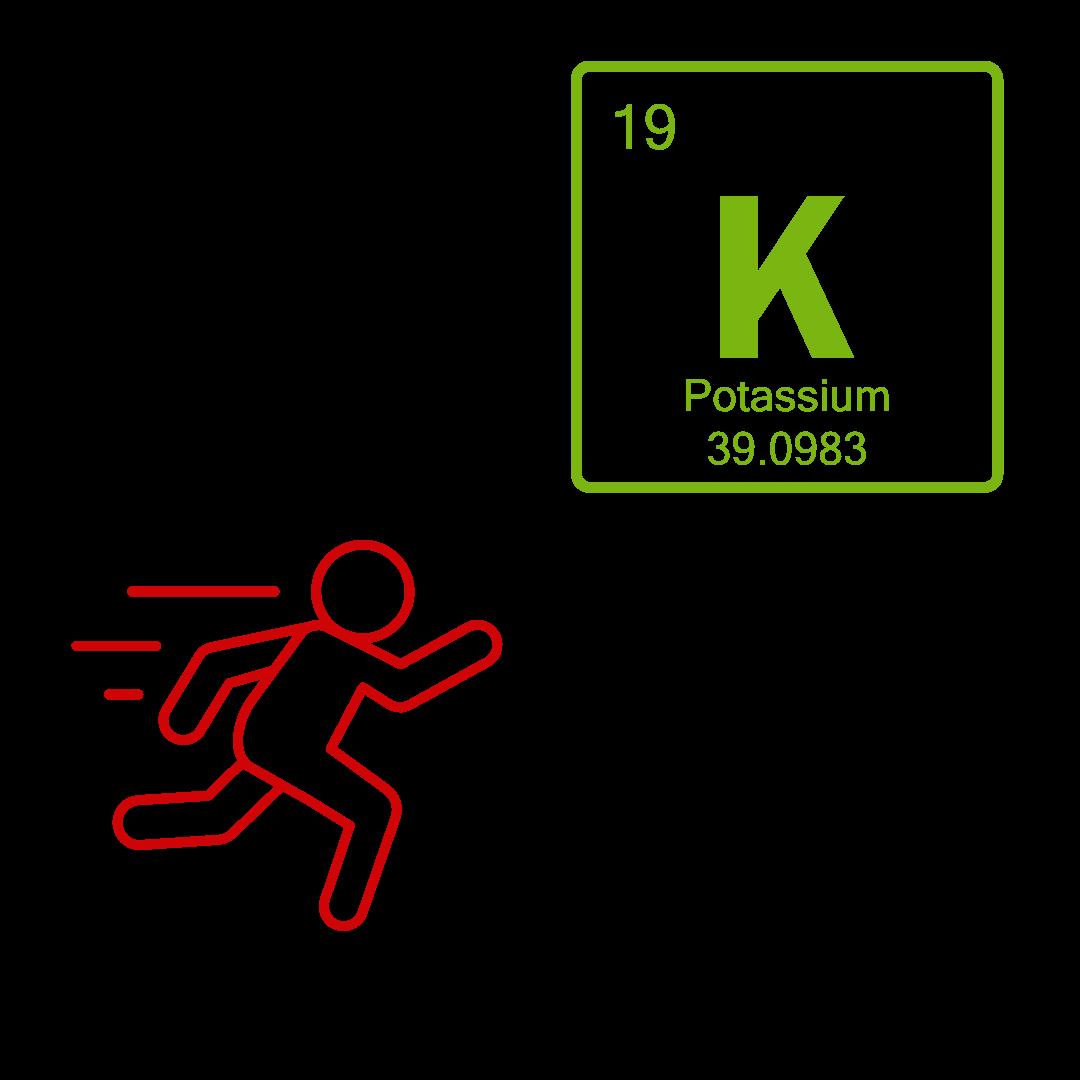
The body is made 60%

Potassium helps to regulate the heart rate
Potassium helps to regulate contractions.


abundant mineral

Potassium helps bone

potassium is found in
Many runners eat foods high in potassium like apples before a run to prevent muscle cramps.




Kiwifruit is a type of true berry – a type of berry that grows from one singular flower.

MILLION TONS

growing season of 240 days.


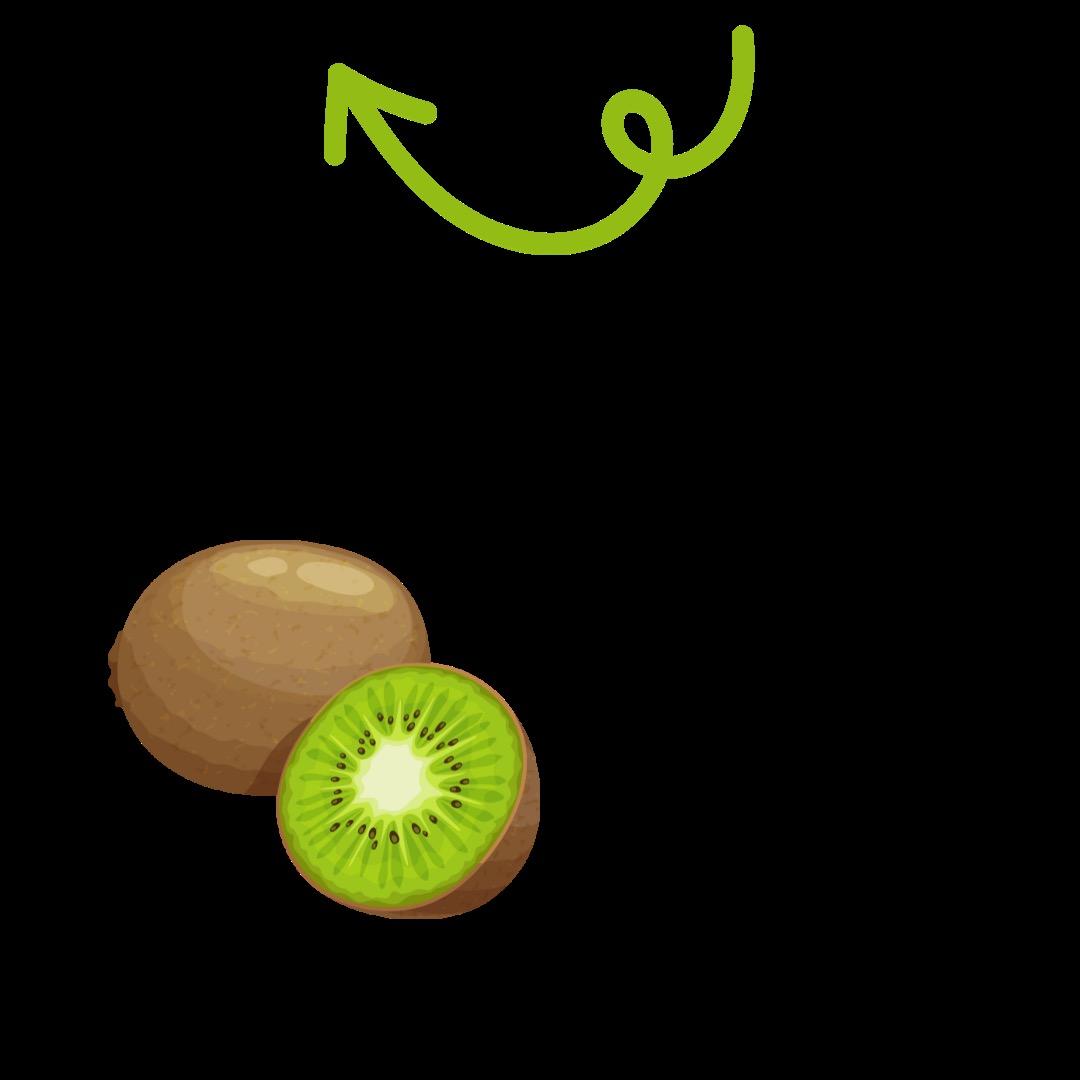
Kiwifruits grow on vines that can reach up to 33 feet long.



Kiwifruit vines can produce fruit for 25+ years.
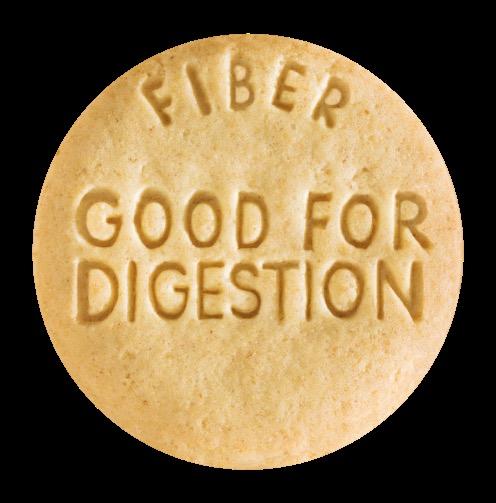




Fiber supports movement through the digestive system.
Fiber is a type of carbohydrate that the body doesn’t digest; it simply passes through.
Soluble fiber dissolves in water…it helps regulate blood sugar levels and removes cholesterol from

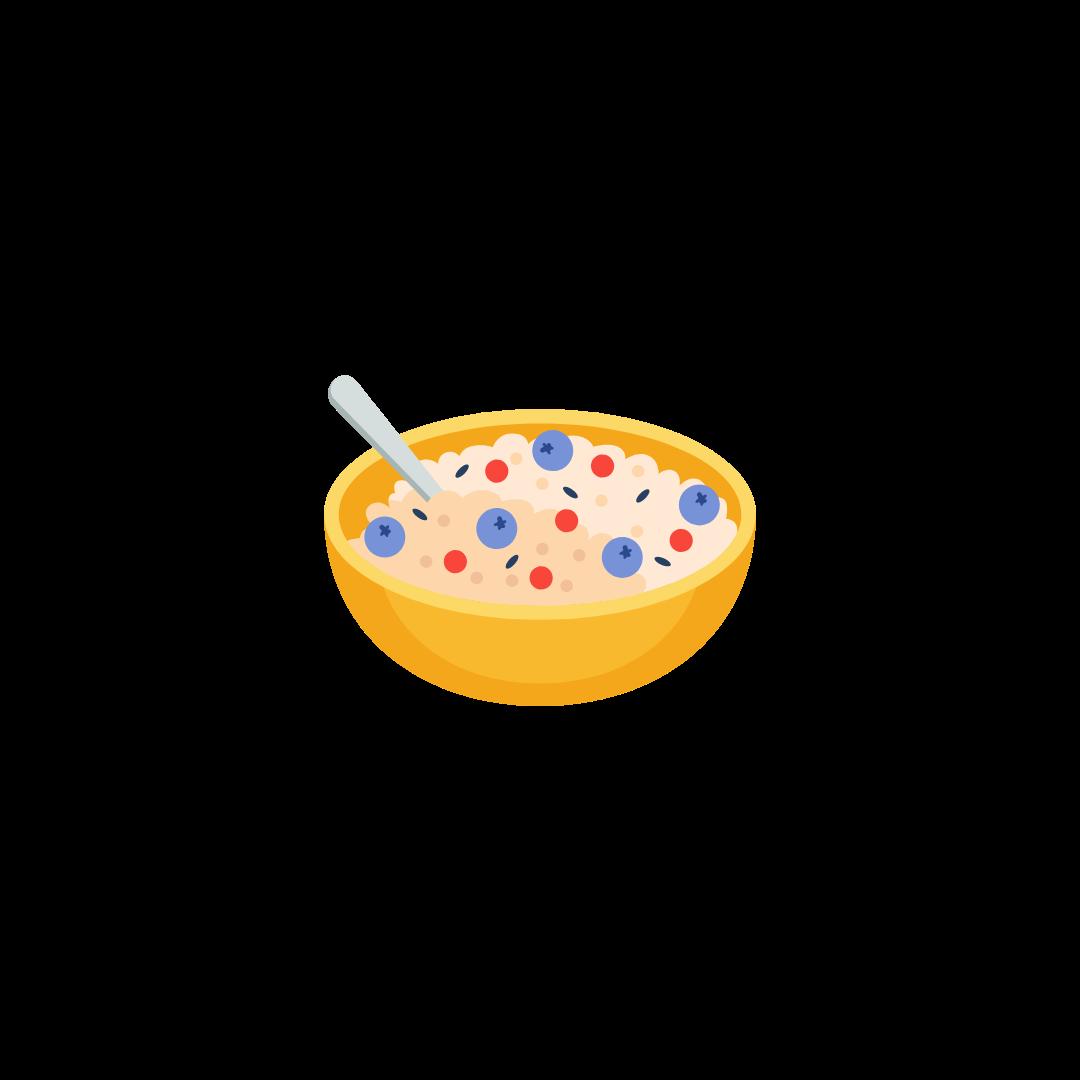
Insoluble fiber is sometimes referred to as “roughage. ”

2 types of fiber:
1. Soluble fiber
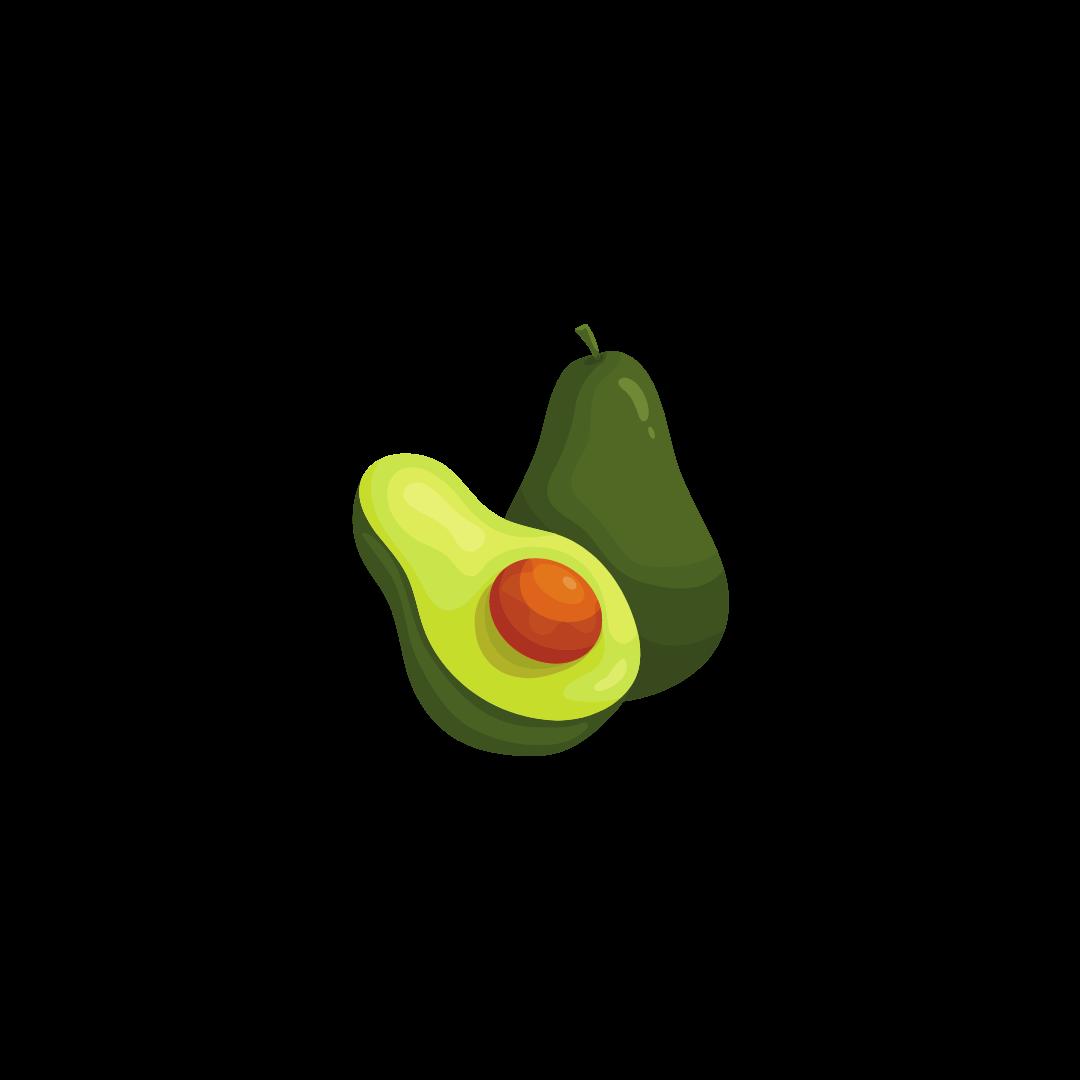
Fiber helps to regulate the body’s use of sugar.
Insoluble fiber
Fiber is ONLY found in plant foods.
Insoluble fiber does not dissolve in water…it helps food move throughout the digestive system.
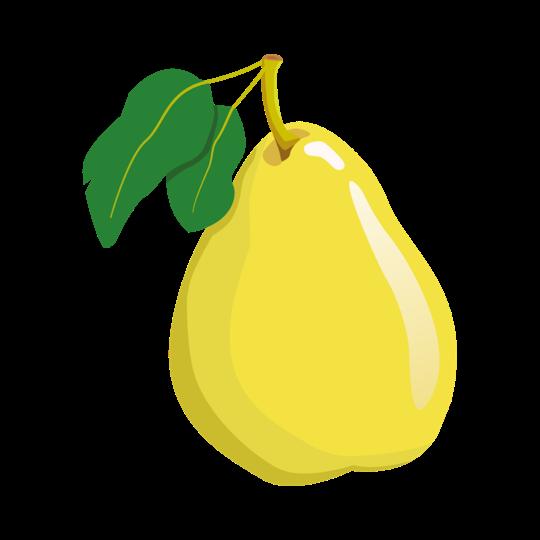
BOTH forms of fiber are important & beneficial to overall health.
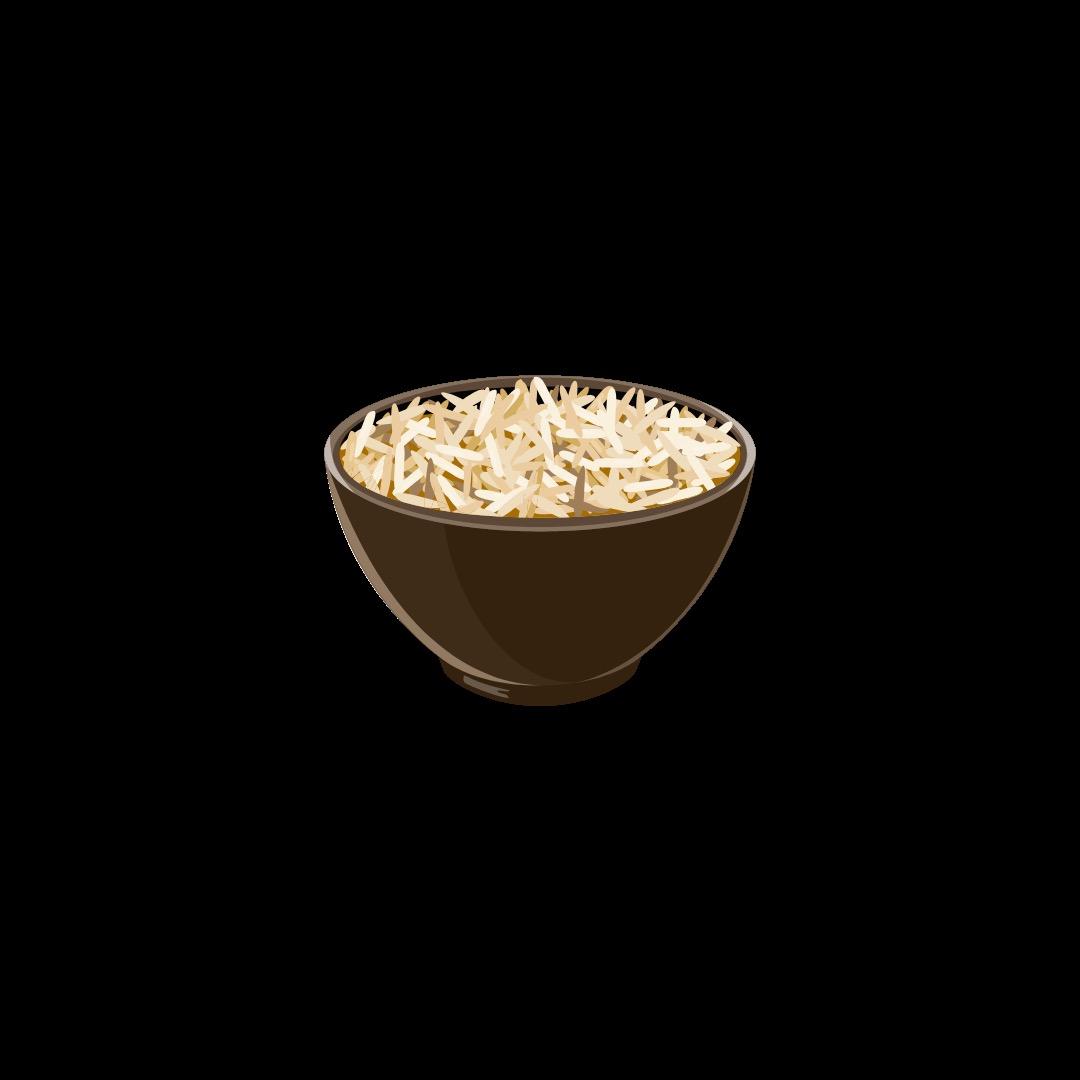
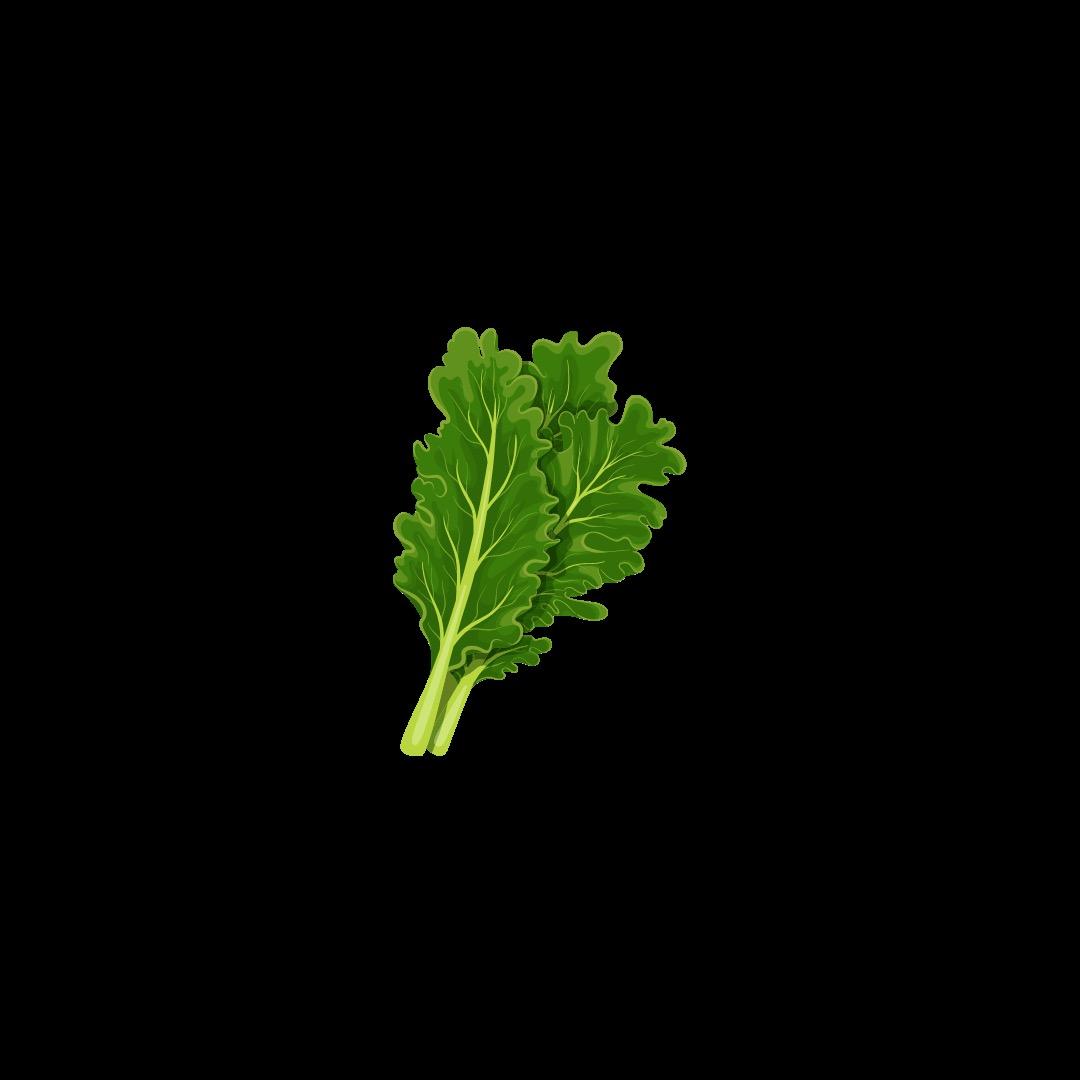
Dairy & meat products do not have any fiber.

Dragon fruit is a type of tropical fruit that grows on a cactus plant.
The darker the skin of a dragon fruit, the sweeter it is.
4
Types of Dragon Fruit:
Red skin/white flesh
Red skin/red flesh
Red skin/purple flesh 4. Yellow skin/white flesh


Dragon fruit plants grow to be up to feet
Dragon fruit is also known as “pitaya. ”
Dragon fruit is a night-blooming plant.

Peak dragon fruit season is Aug - Sept.

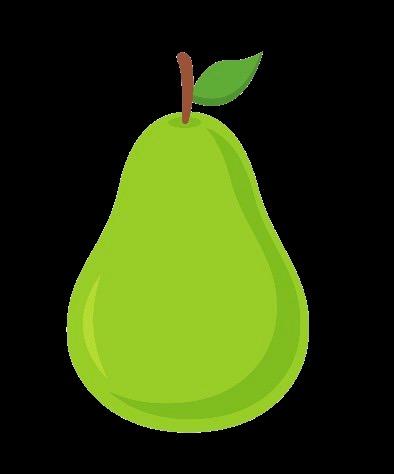
Dragon fruit taste like a mix between a kiwi and a pear.

Dragon fruits with red skin & white flesh are the most common.




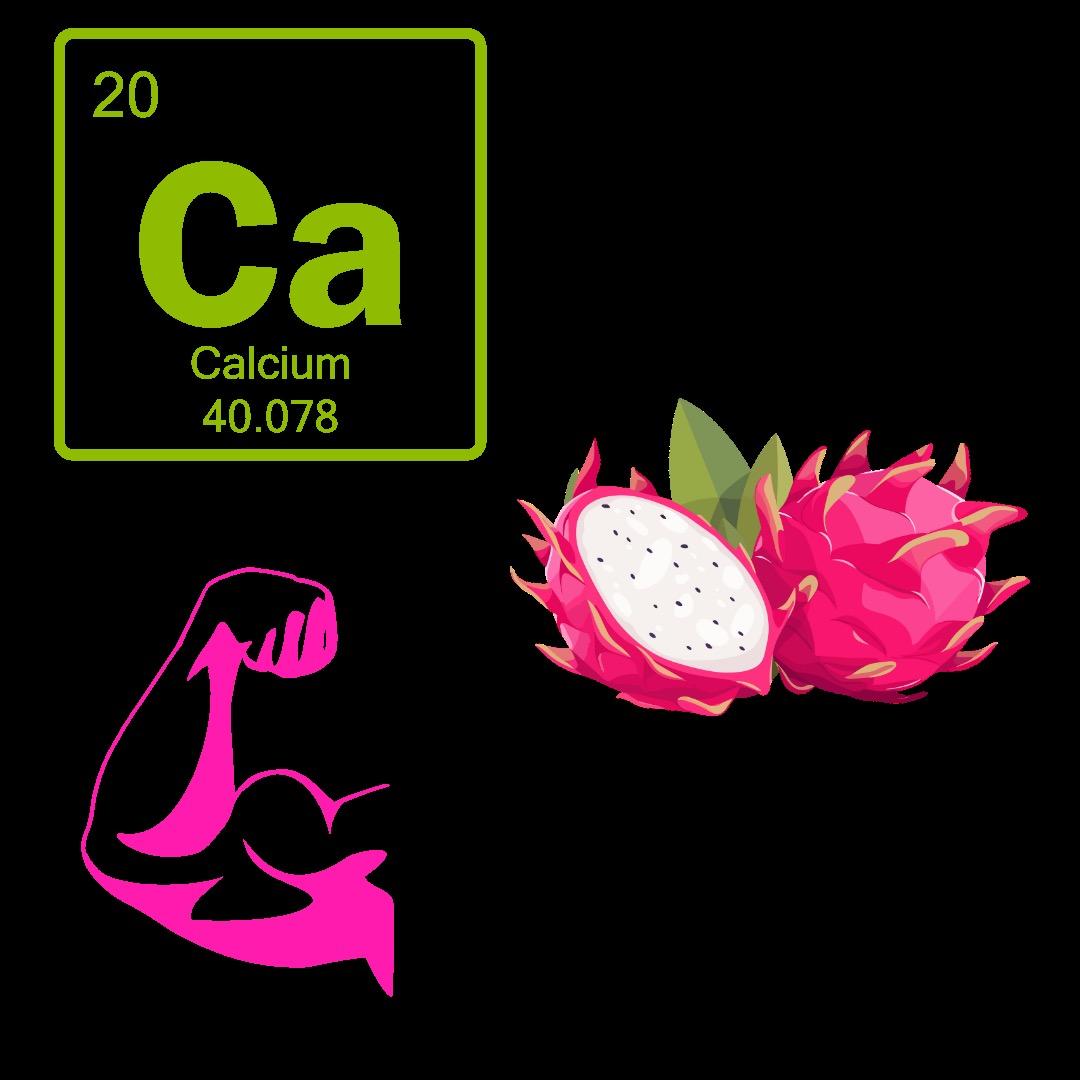





99% of the body’s calcium is stored in the bones. blood, muscles & other tissues. Calcium helps to heal cuts & wounds.


Calcium supports heart health.

Calcium helps form bones and teeth and keep them healthy.
Calcium is the MOST abundant mineral in the human body.
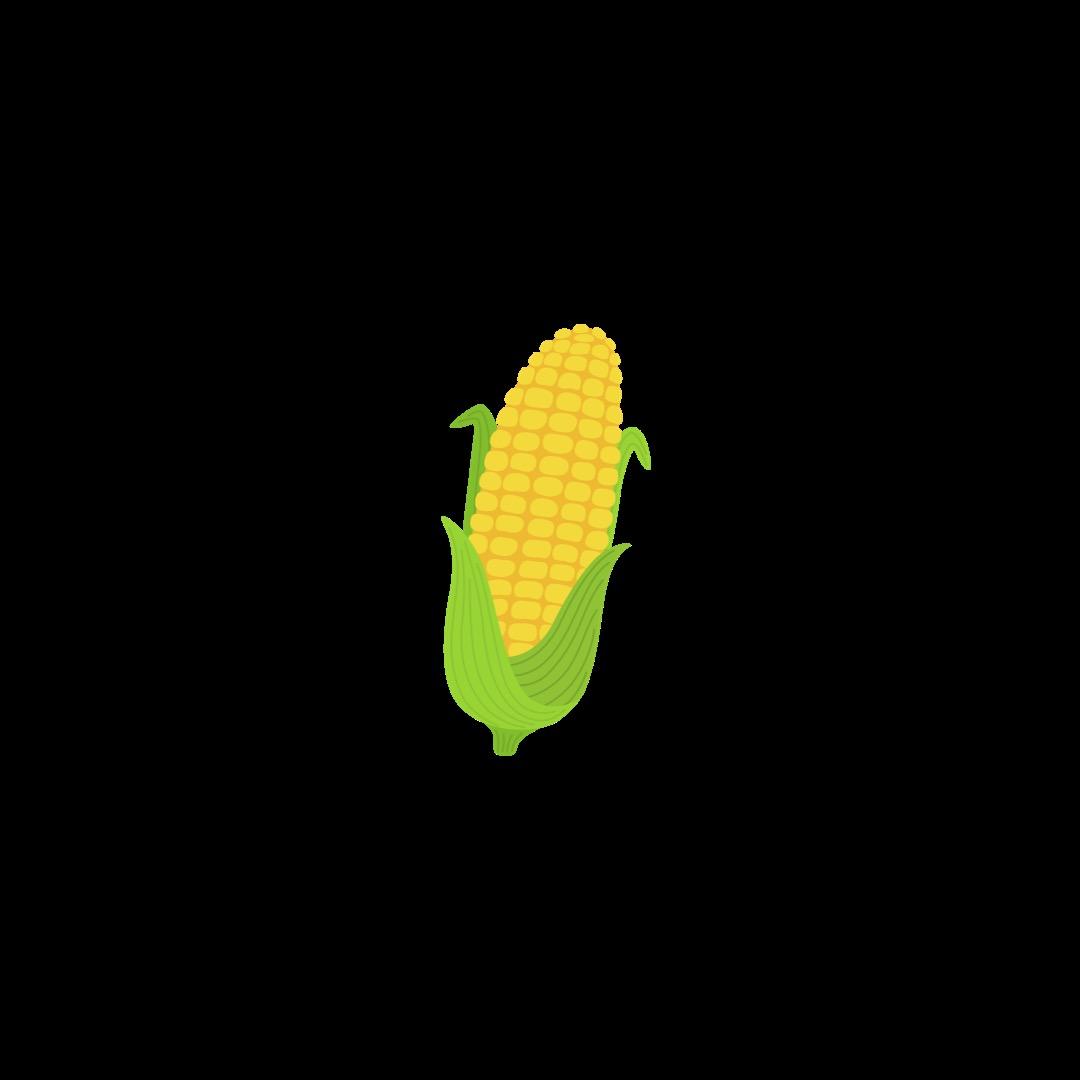

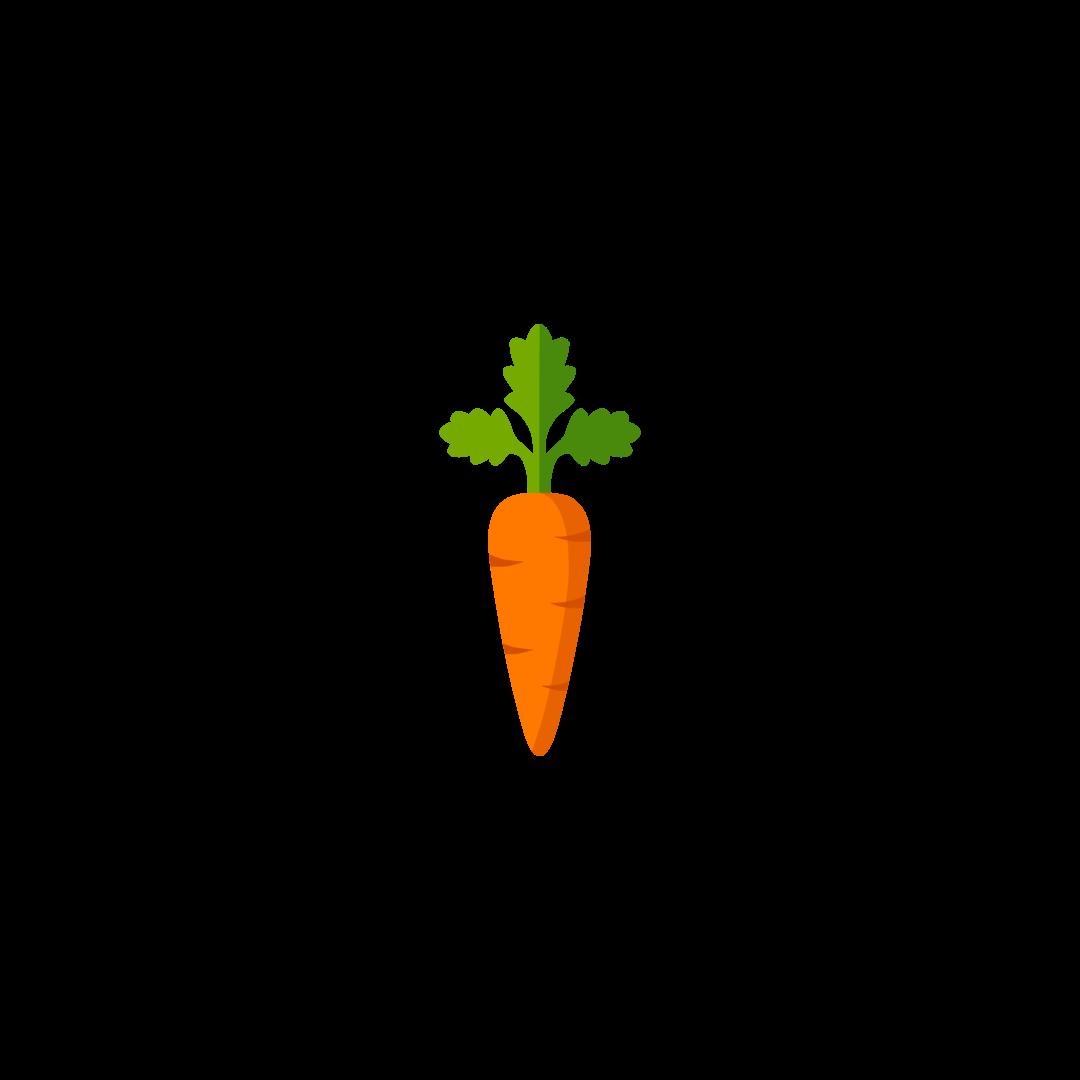

Let’s celebrate! National Nutrition Month is all about making informed food choices and developing healthful eating habits. a time to learn how to keep our bodies strong and healthy! Eating nutritious foods like fruits, veggies, whole grains and proteins gives us energy to play, learn and grow.
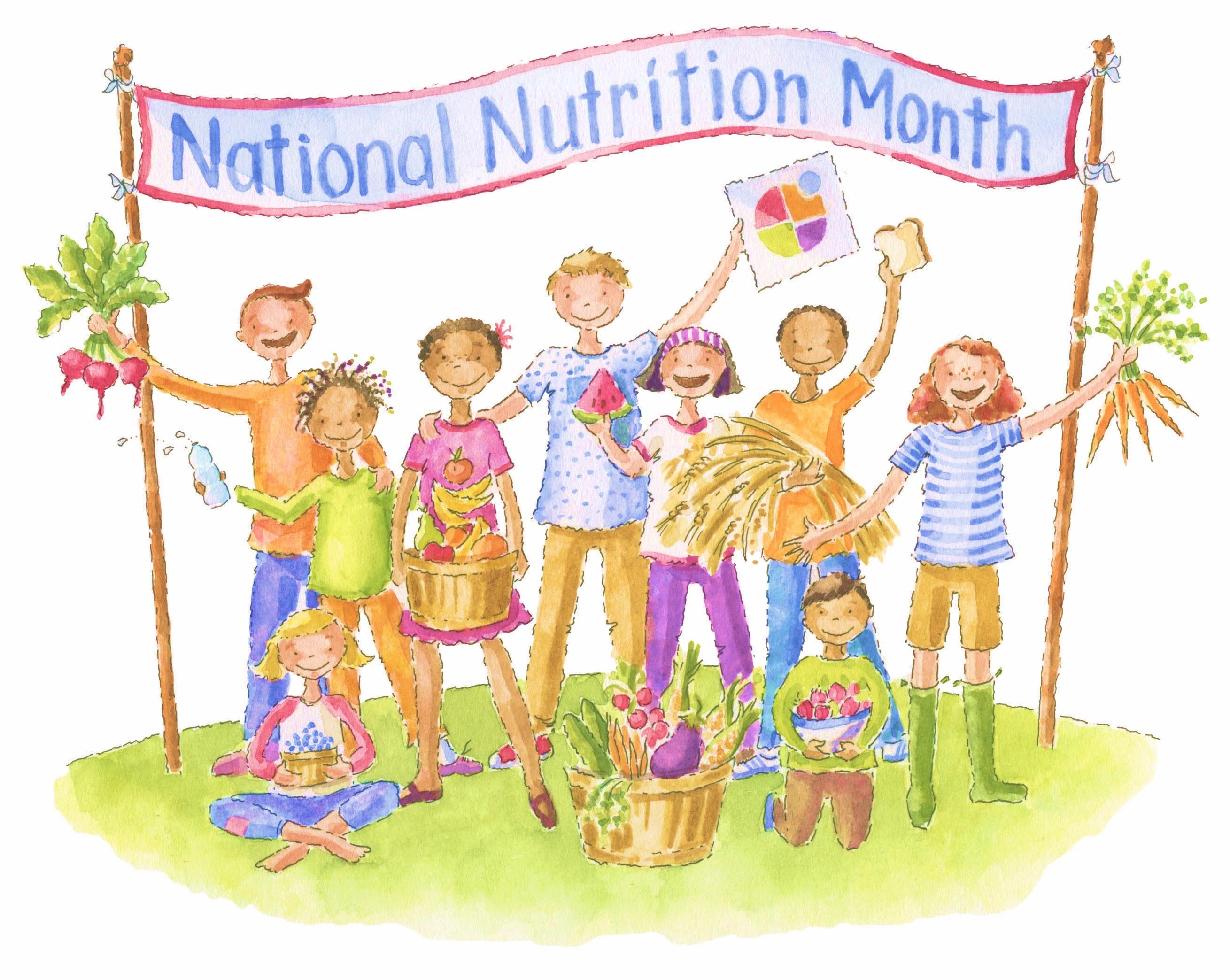

4


Plums are a type of stone fruit - a fleshy fruit that contains a hard “pit” inside.
Most Common Varieties of Plums:
1. Damson
2. Greengage
3. Victoria Plum
4. Mirabelle Plum
Dried plums are known as “prunes. ” Plums trees start to bloom in the early spring.
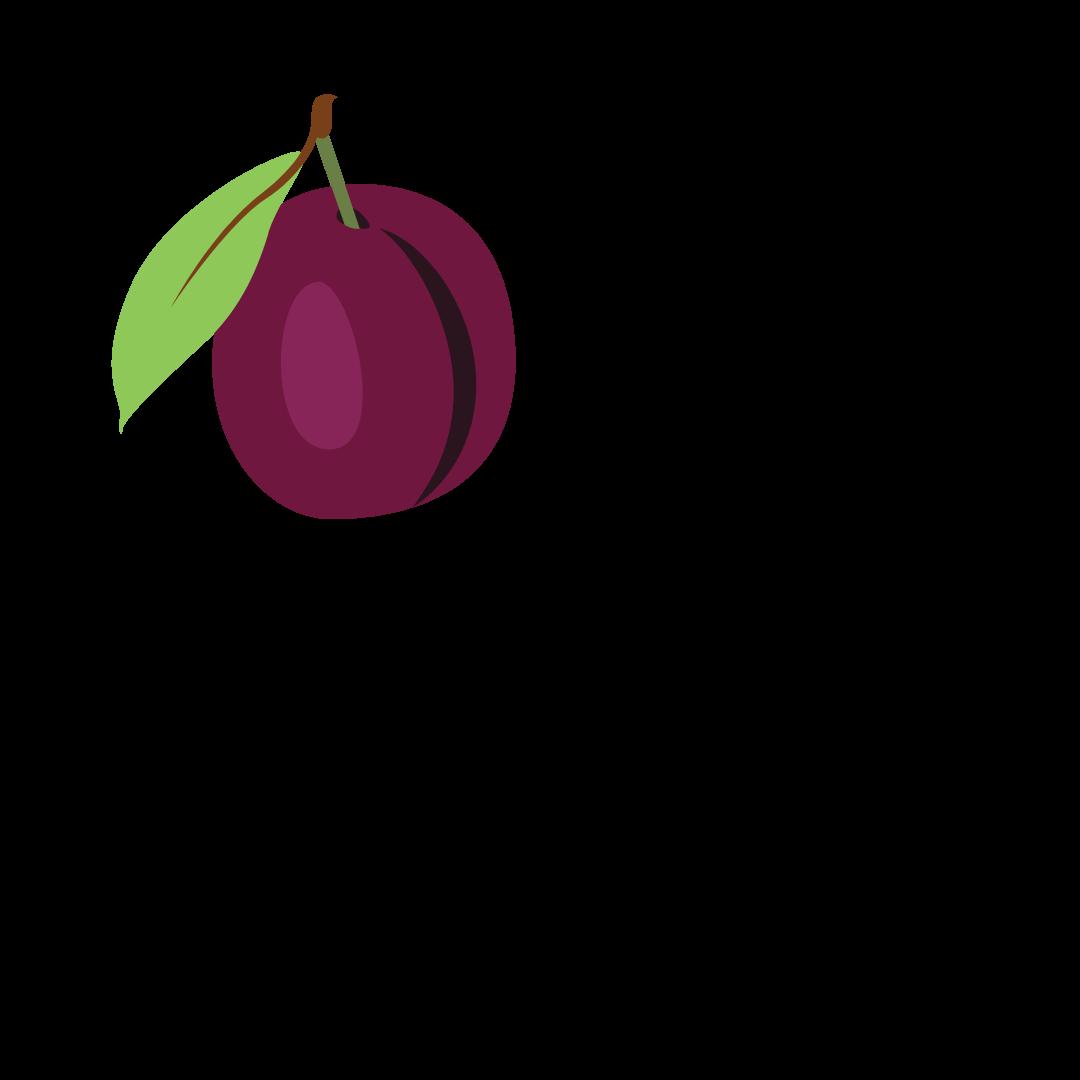
Plums are one of the MOST
Plums are grown on EVERY continent except Antarctica.


a unique color and flavor.
The total # of species of plums is unknown.


Plum trees grow to be around 20 - 33 feet tall. Plum trees can live for 20 - 30 years.



Manganese supports the body’s energy protecting its cells from damage.
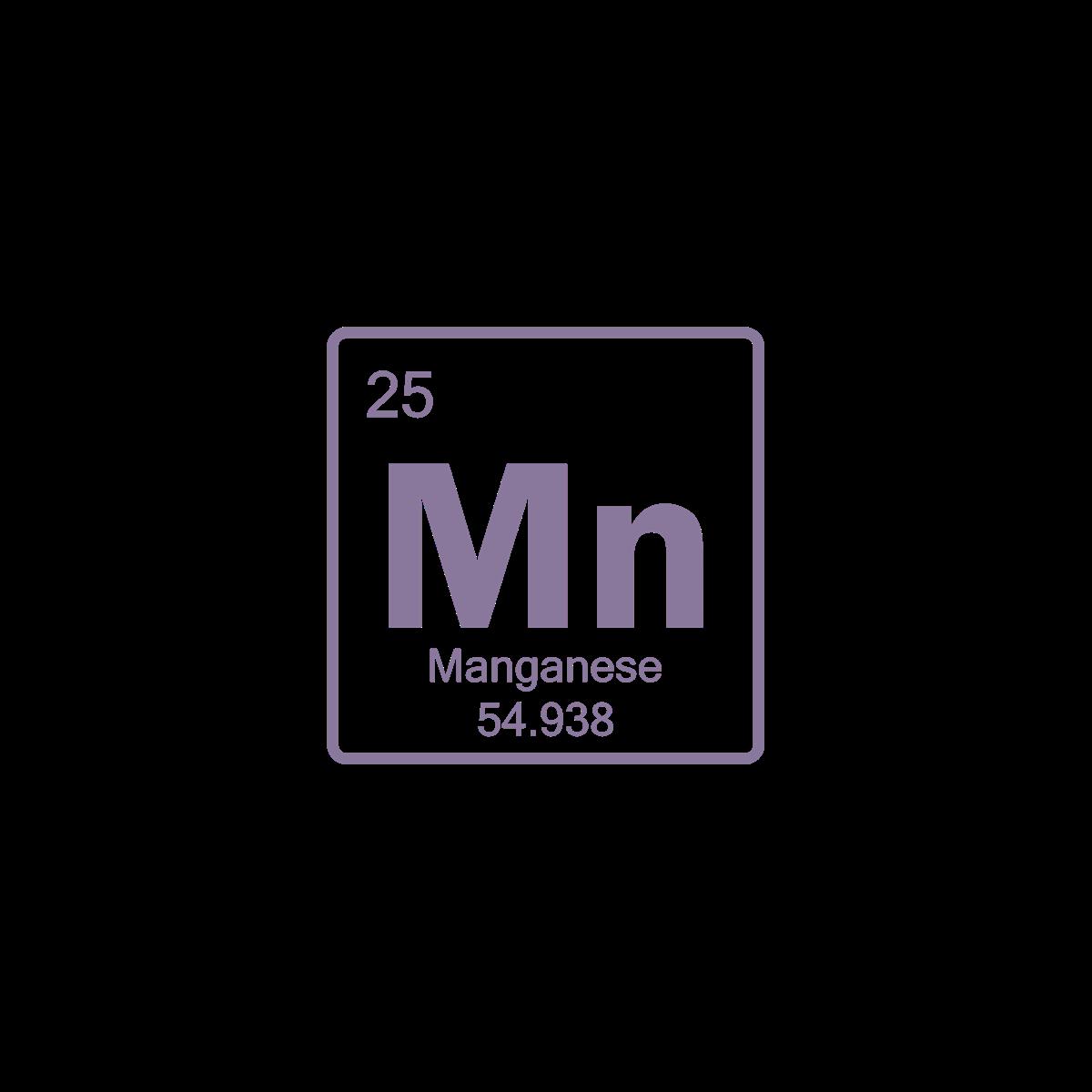

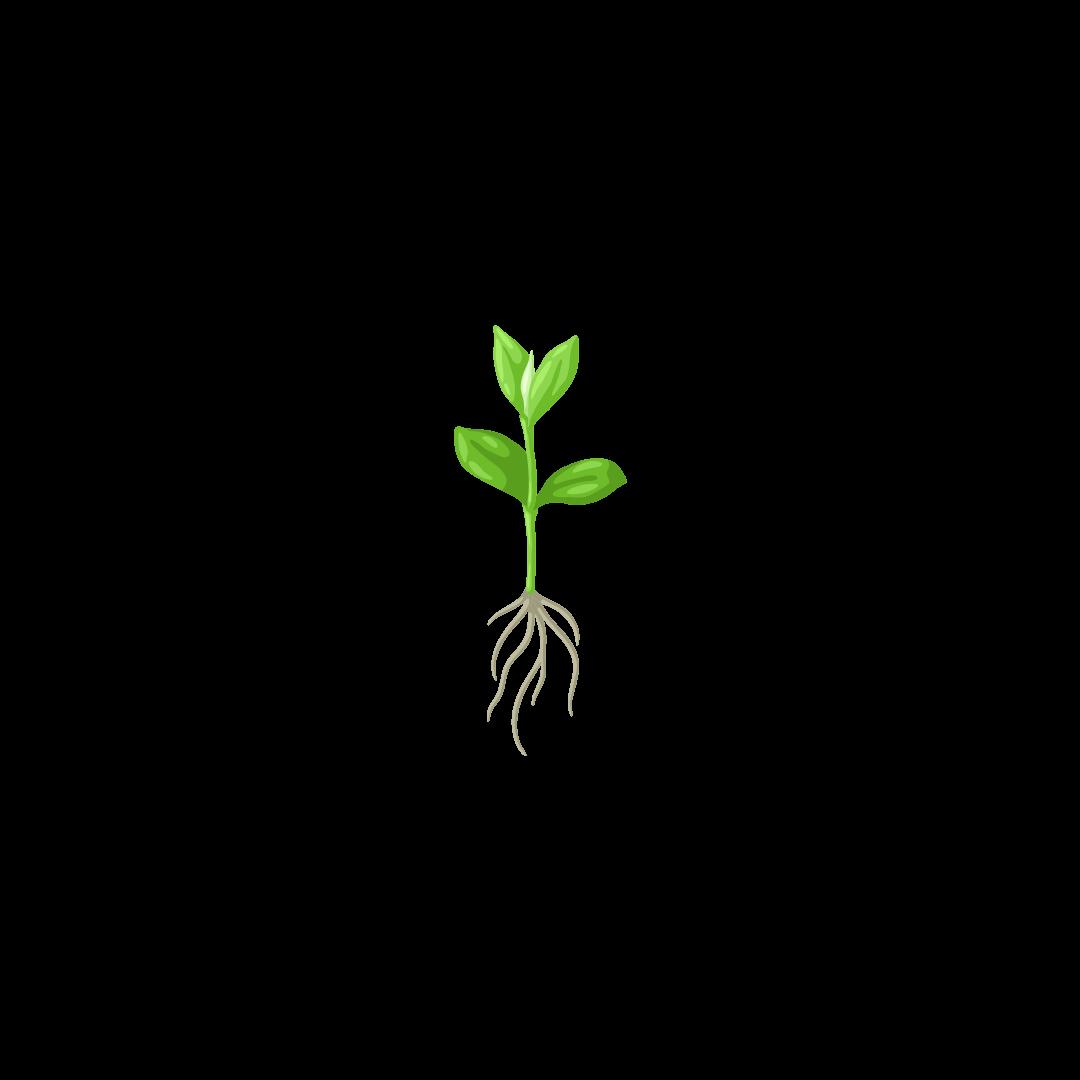
Manganese is a trace mineral the body only needs small amounts of it.
Minerals, like manganese naturally




health. Foods like raspberries absorb minerals through their roots.
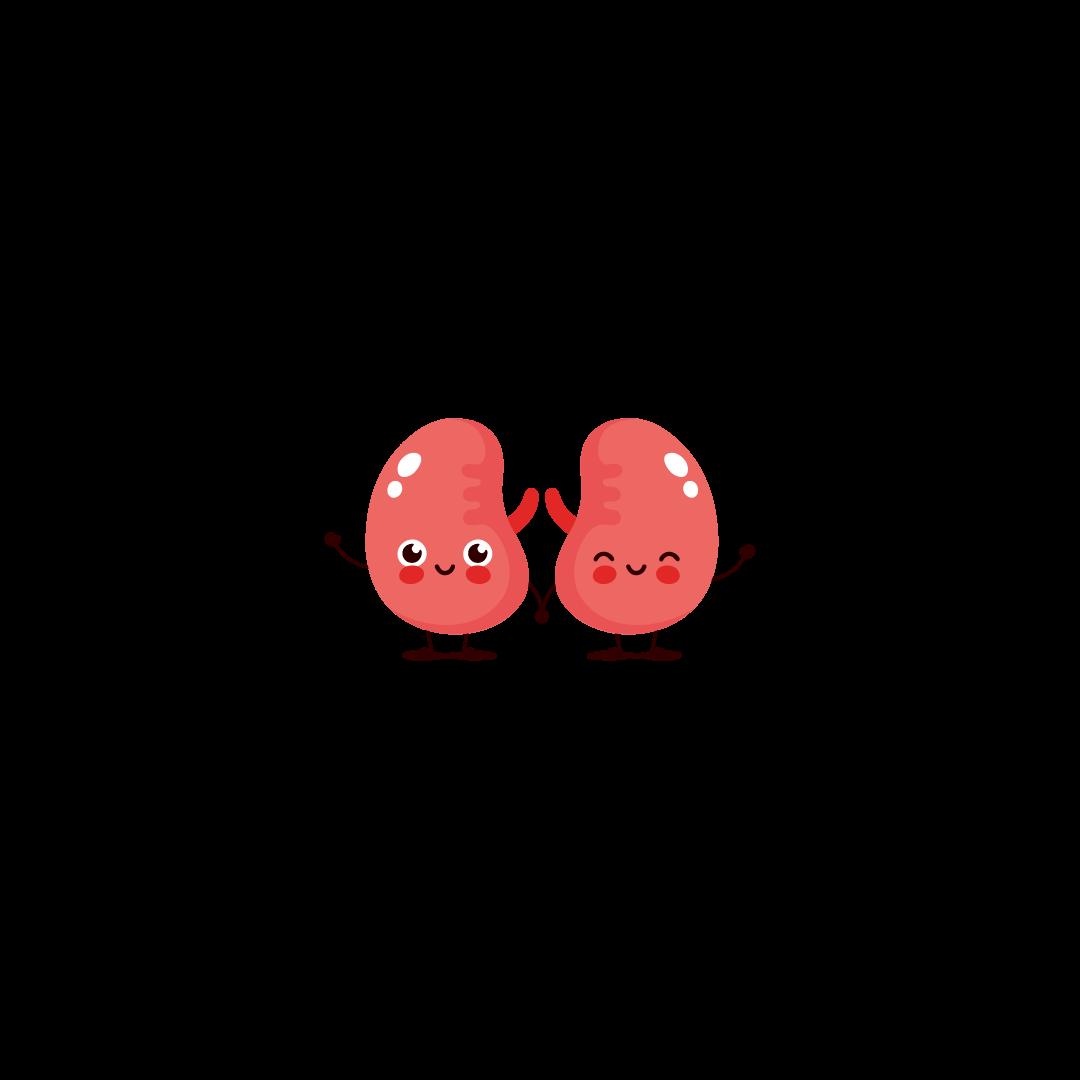
Manganese helps Manganese is


helps the body blood clots helping wounds heal faster!


the body’s defense against infections.


Cucumbers are technically fruits since they & contain seeds.
There are cucumbers.




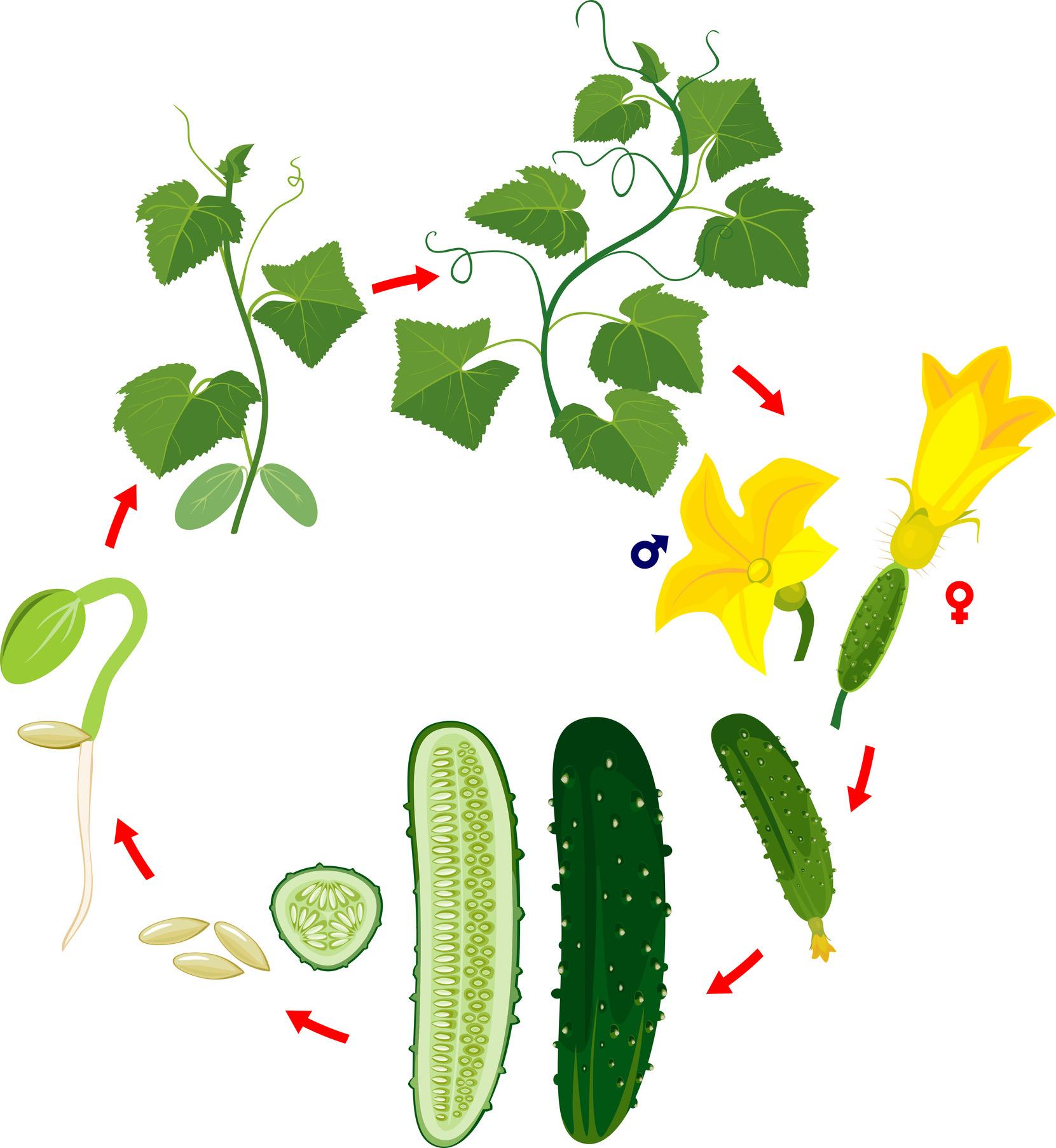
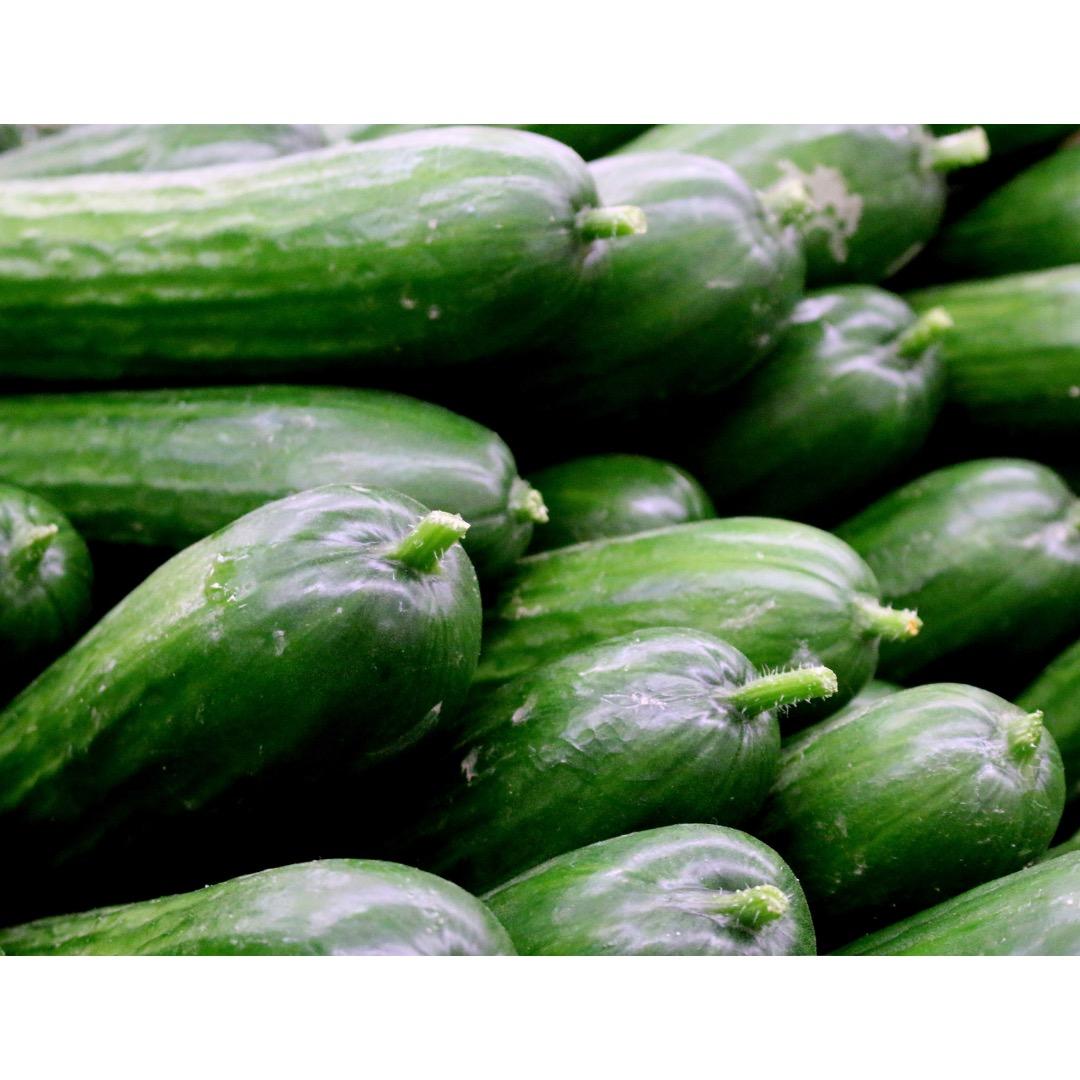
1 vine can produce 25 - 125 cucumbers of cucumbers seeds.

World Cucumber Day is June 14th!


Cucumbers grow on Bees are pollination of cucumbers.





Vitamin K supports proper blood function, bone growth & kidney health. The body has the ability to create vitamin K on its own.
2 main forms of vitamin K: K1 and K2.
Vitamin K is a fat-soluble which means…

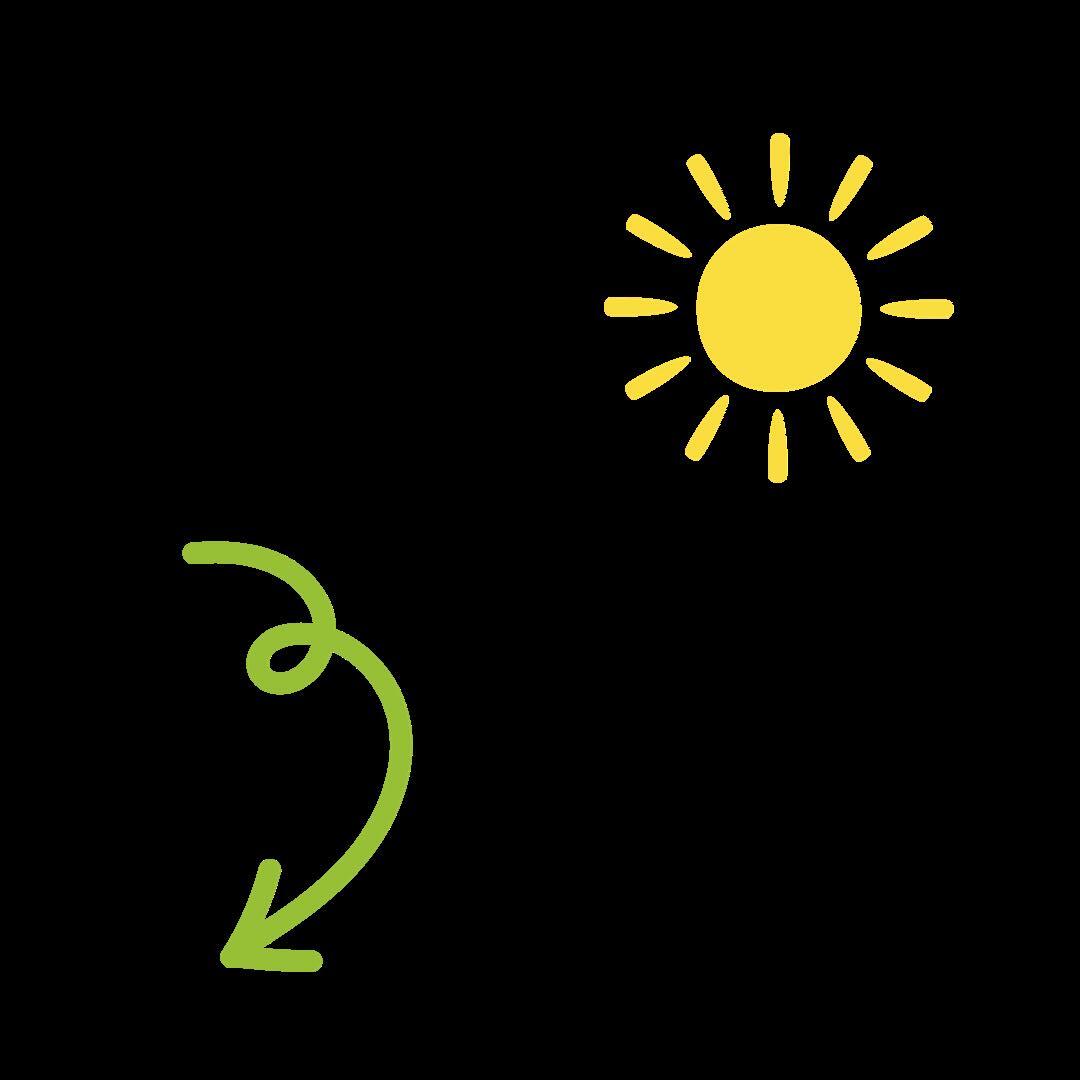
Vitamin K helps the body heal from wounds.
It absorbs better into the body when eaten with foods with some fat like olive oil or avocados!

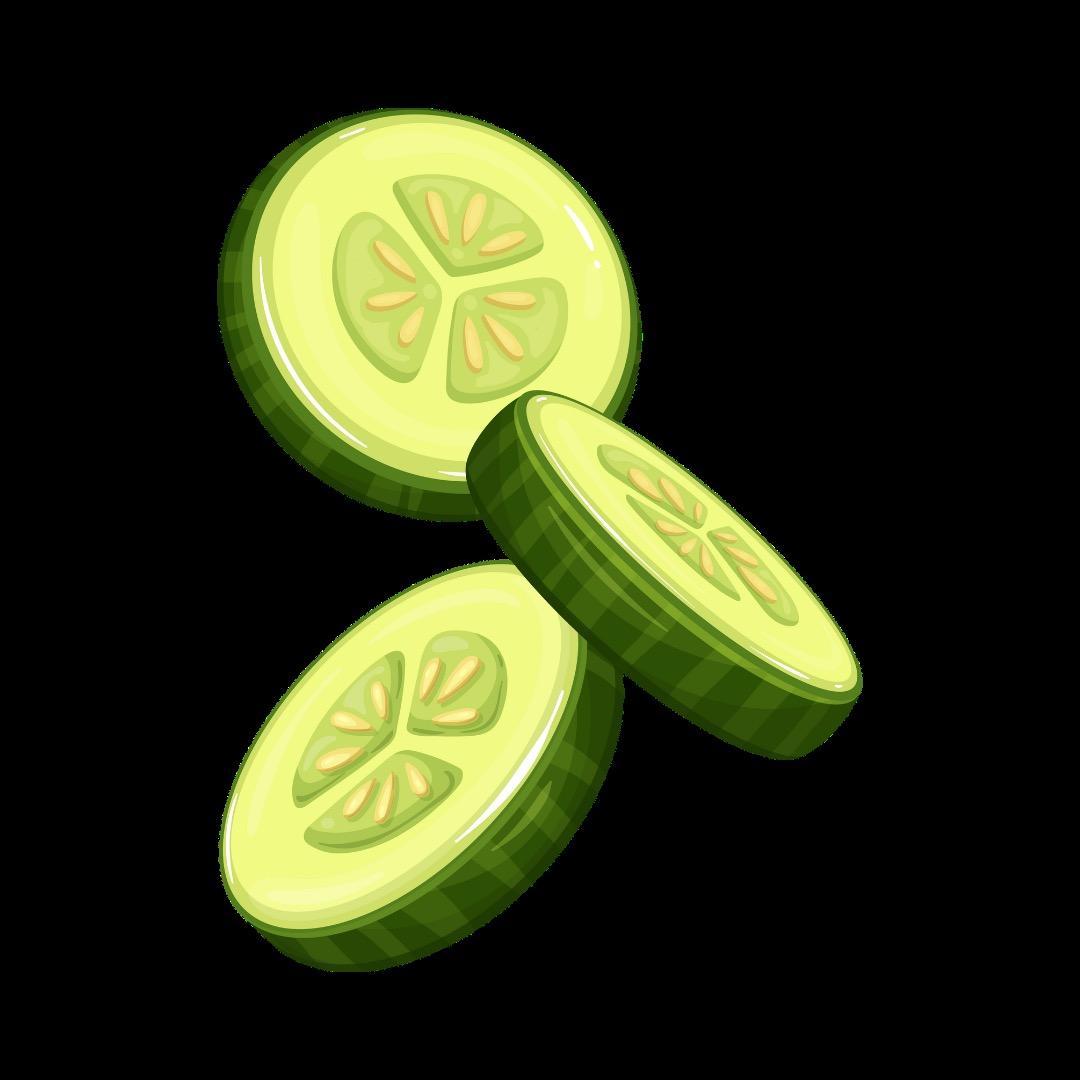
Vitamin K helps produce proteins that bind themselves to calcium - this helps build strong bones.

Vitamin K supports heart health .

Vitamin K is found throughout the body in the liver, brain, heart, pancreas & bones.
Vitamin K plays a role in proper blood function- specifically with clotting.




Grapes are a type of berry that grows in clusters.



Grapevines can reach up to 50 feet in length.

1 grape cluster contains around 75 grapes.
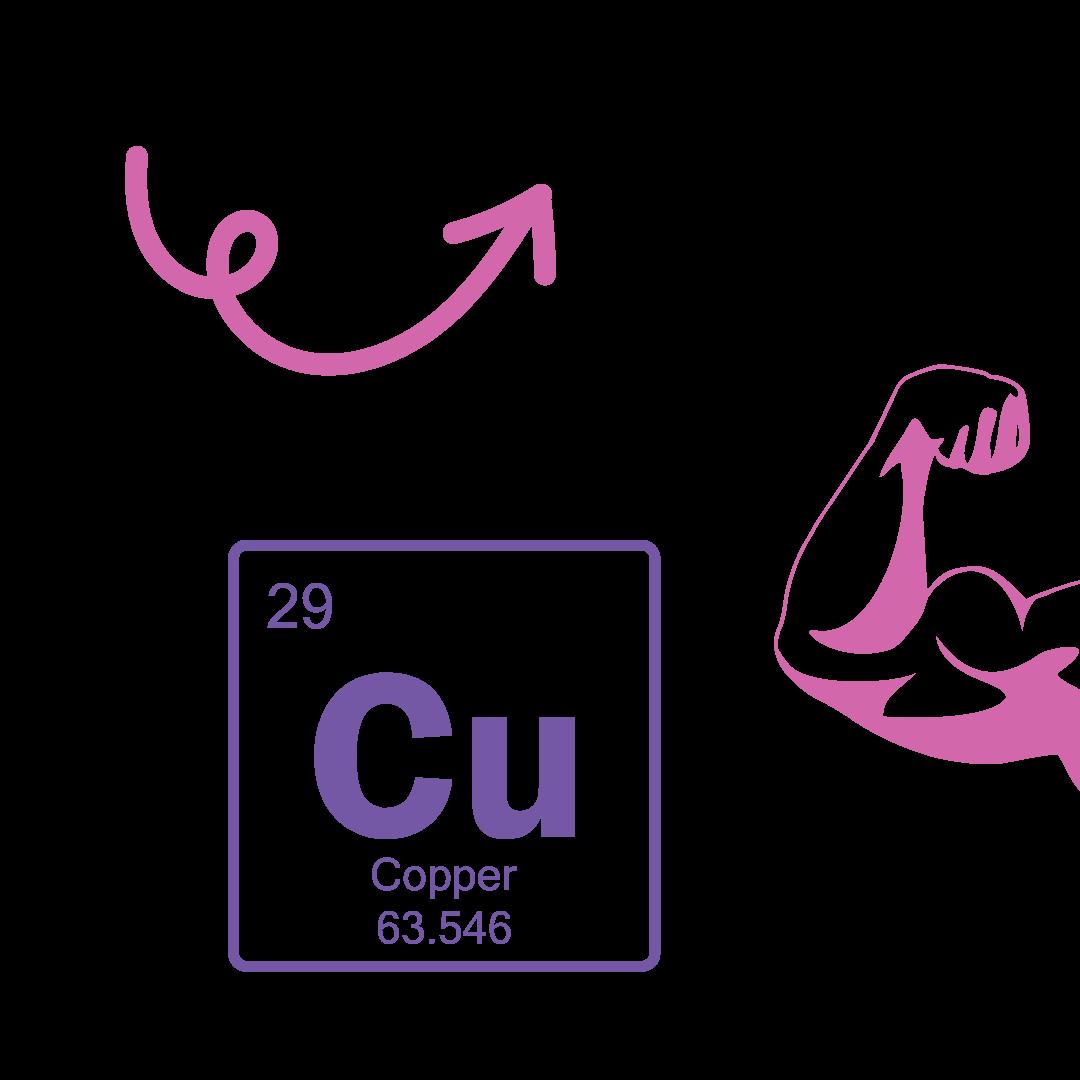



Copper supports the creation of red blood cells

Red blood cells help oxygen because their plants roots absorbed them.






Copper helps the brain function properly.

Most copper in the body is found in the liver, brain, kidneys & skeletal muscles. is known as an essential nutrient


Copper plays a role in helping the body turn food in energy!
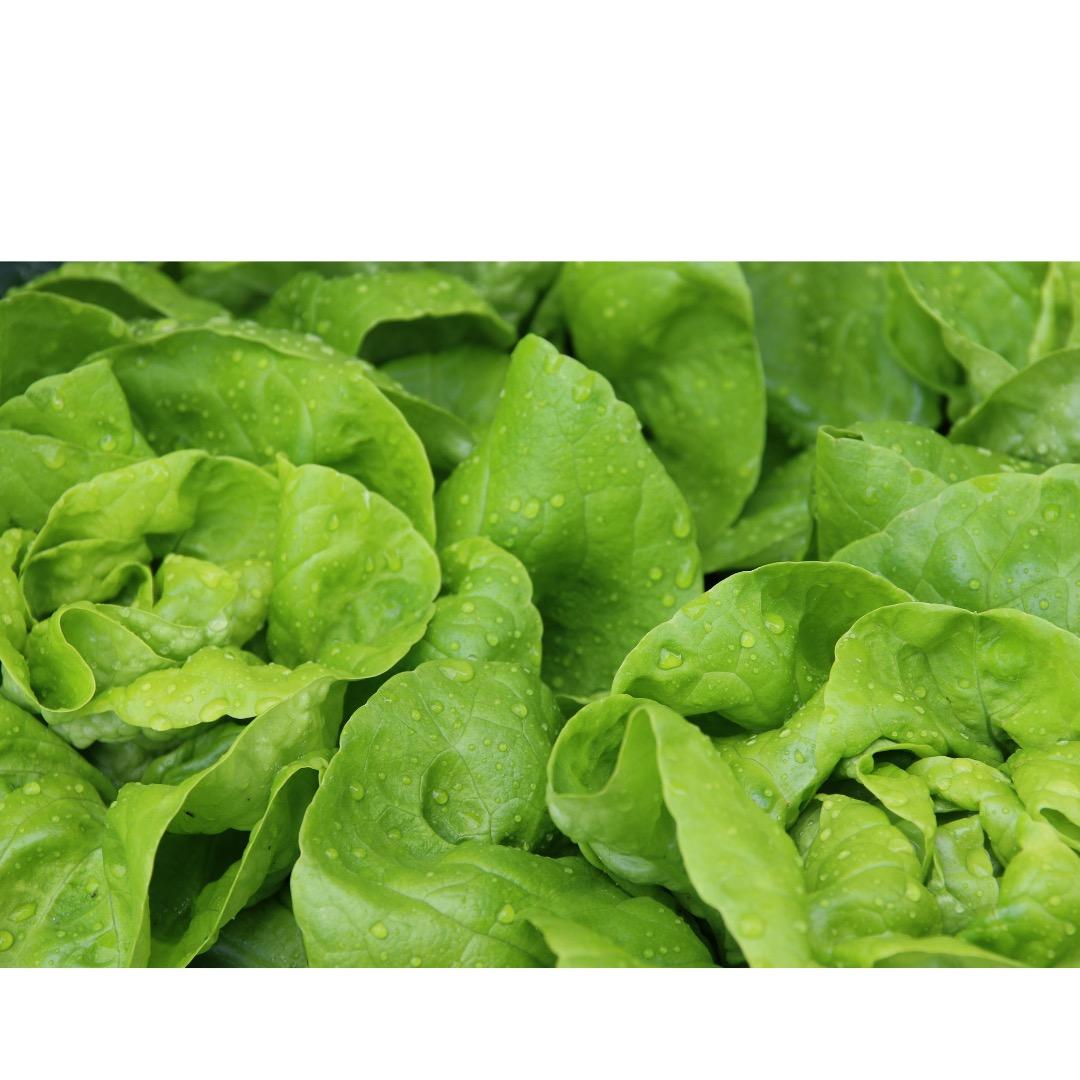


Lettuce is a type of leafy green vegetable.



Lettuce plants grow to be 6 - 12 inches tall.
4.
Lettuce grows best in cooler climates.
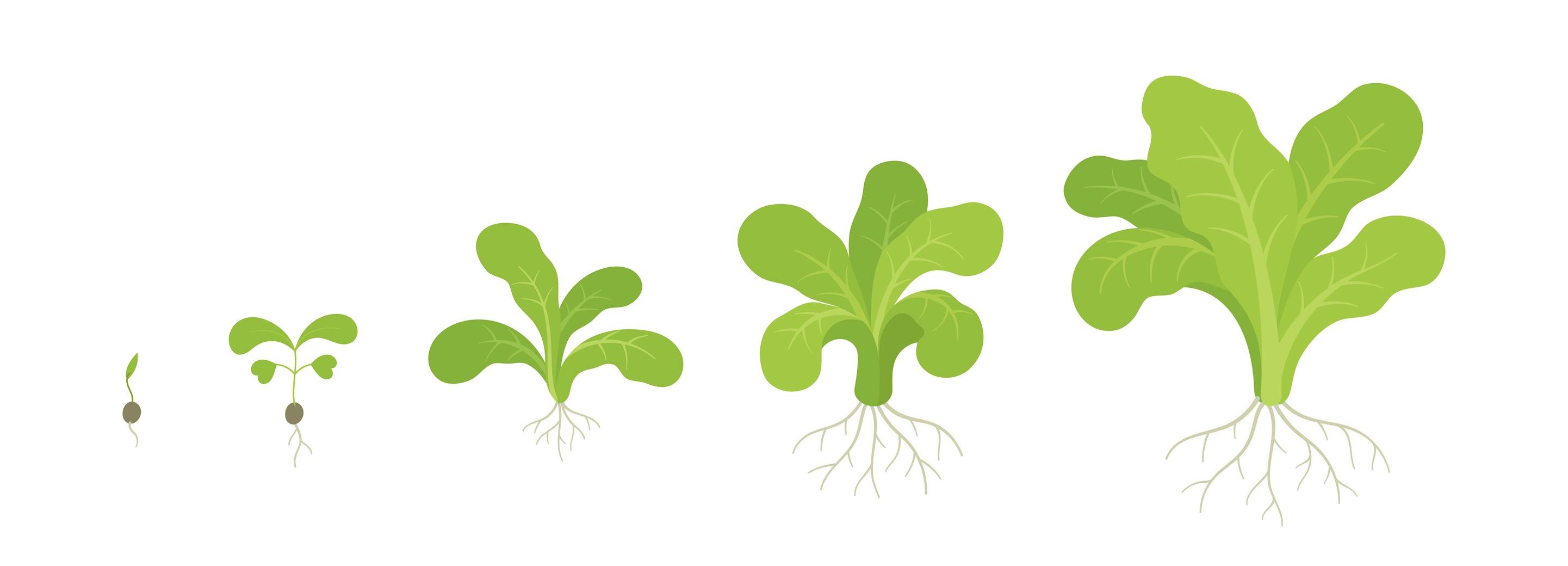
Iceberg lettuce (also known as crisphead) is the most popular type of lettuce in the U.S.



Hydration is the process of replacing fluids Water is the body’s main source of hydration.
Being hydrated helps convert food into energy





Hydration helps regulate body’s temperature

The body’s 6 essential nutrients: carbohydrates, proteins, fats, vitamins, minerals & WATER !
Water helps carry nutrients & oxygen to all the cells in the body.

Proper hydration can help to improve moods.

The body is better at fighting off when properly hydrated.
Sleep quality can improve when the body is hydrated.
Many fruits & vegetables have a high water content, making them hydrating to eat.





AOIDXTAITNN
TVAIINM C
YDARI TAREH HALTEH
BEIRF ENPRTOI



Cantaloupe is a type of melon.
Cantaloupe is known for its sweet & juicy flavor.
Cantaloupe are in season during the months of July - September.
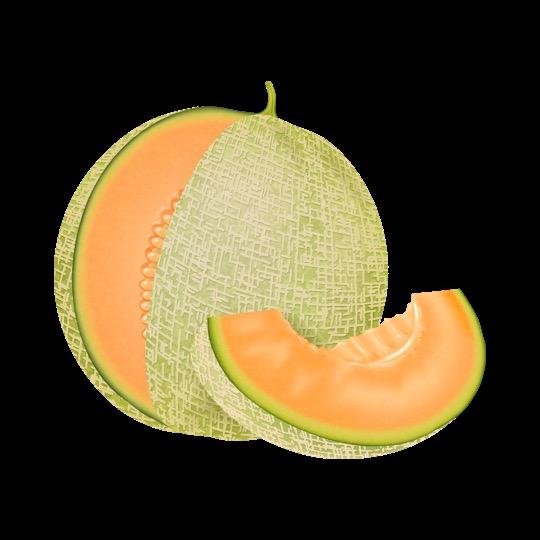

Cantaloupe do NOT continue to ripen once they are picked from the vine.
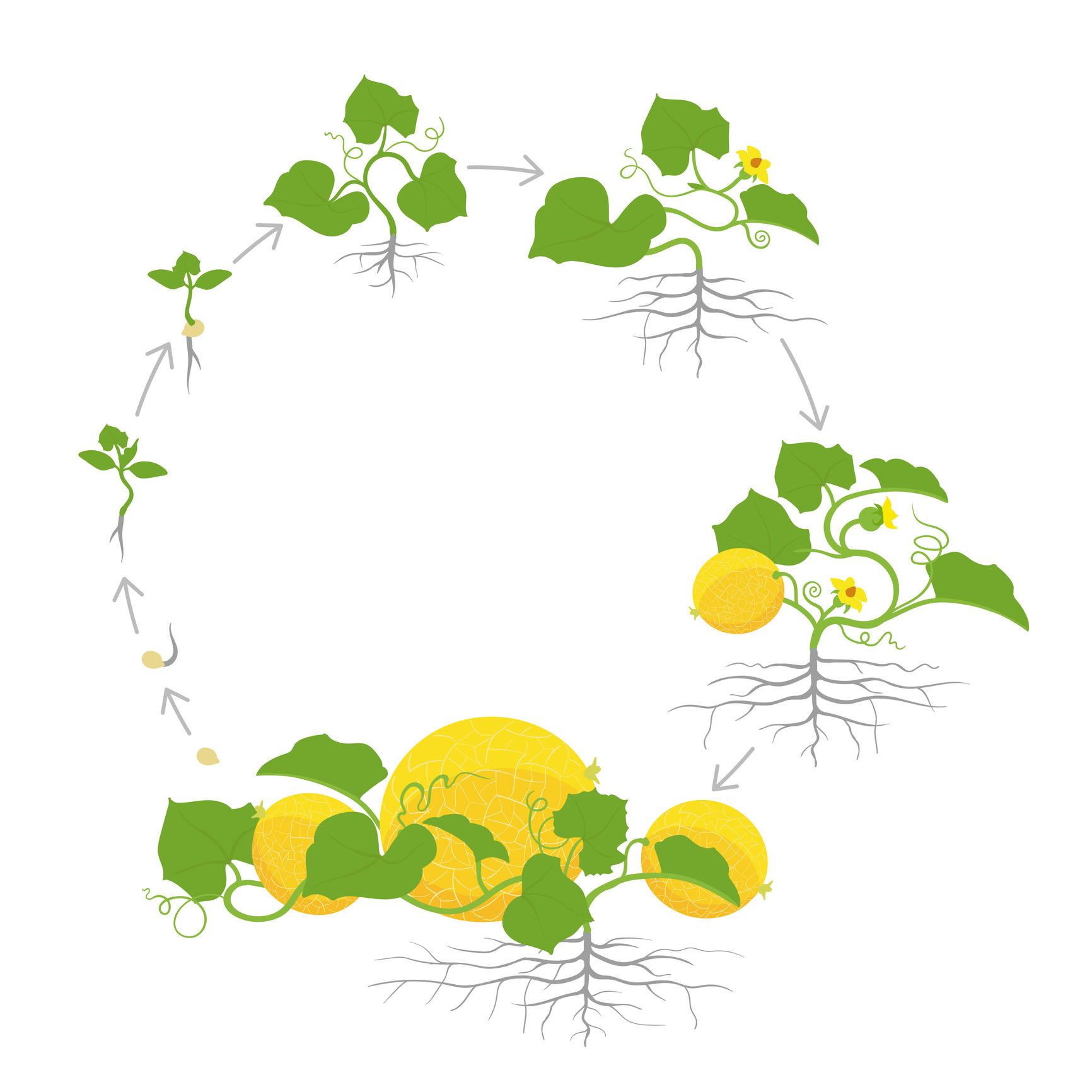

“Musk melon”

Cantaloupe grow on vines that can reach up to 5 feet long.

Cantaloupe are pollinated by honeybees.

Cantaloupe plants take about 90 days to mature.
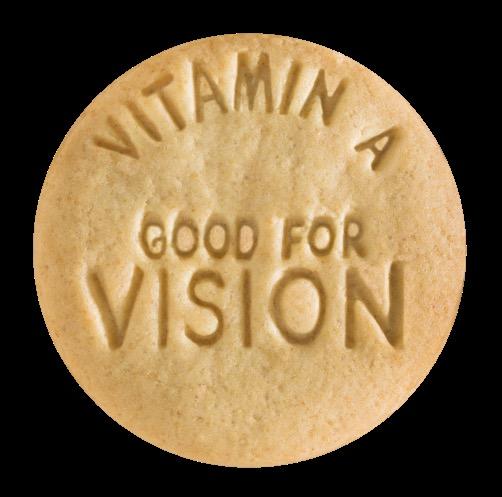




Vitamin A supports good more vivid colors during the day

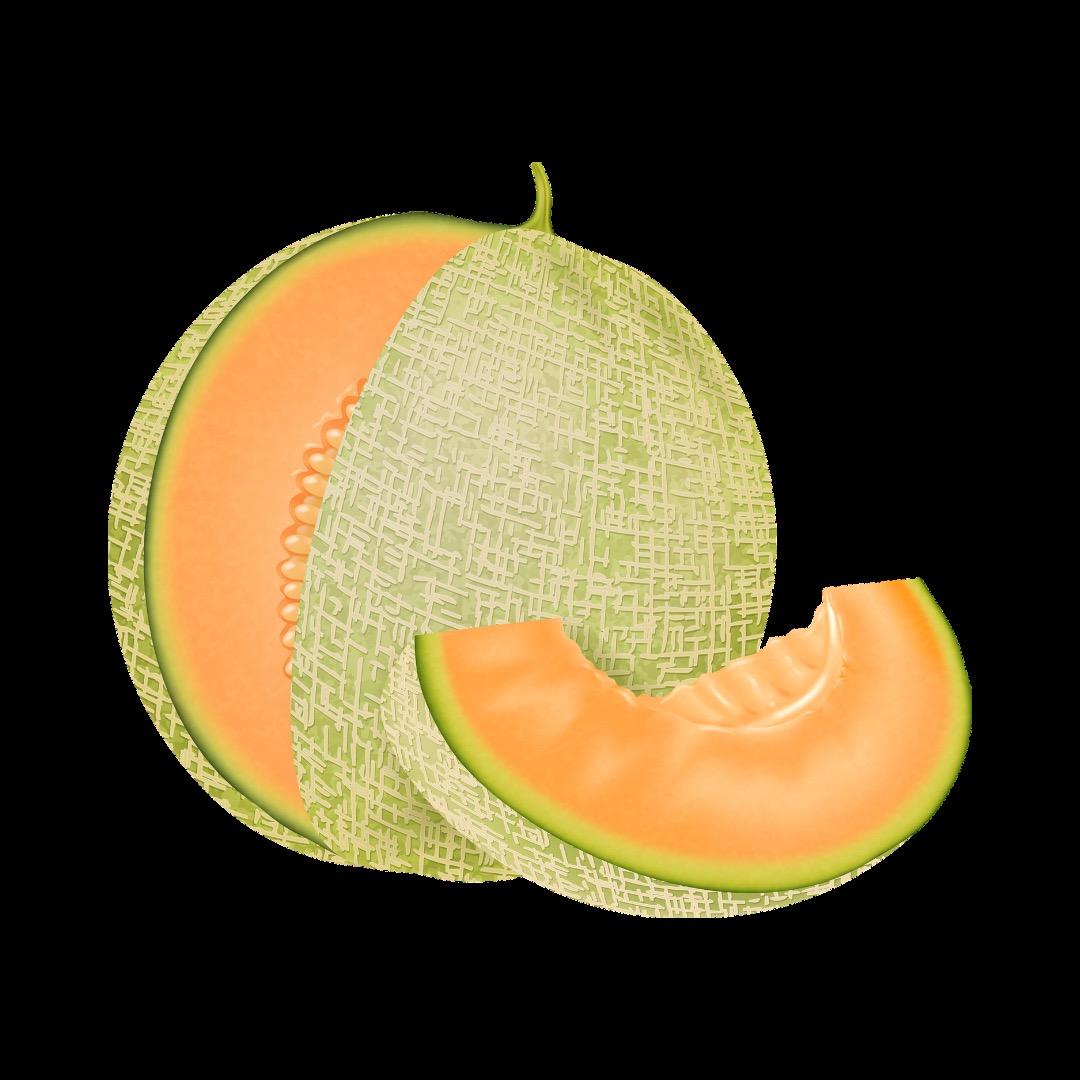


How far can you read down this eye chart?


Vitamin A has properties.
Vitamin A can help speed up the healing process of cuts & scrapes.
Vitamin A supports the immune system to fight off infections.
Vitamin A is a fat-soluble vitamin.
Vitamin A is a fat-soluble vitamin – which means it absorbs better into the body when eaten with foods with some fat like avocados!

Honeydew melon is the sweetest variety of melon.


Over 200 million pounds of honeydew melon is grown in the U.S. each year.
Honeydew melon is the third most produced type of melon after watermelon and cantaloupe.
Honeydew melon are made up of 90% water.
Honeydew melons prefer to grow in sandy soil.


Honeydew melons grow on vines.

Honeydew melons take around
Honeydew melons do not continue to ripen after they have been harvested.

Honeydew &



B Vitamins help support the body’s energy levels, brain function & cell metabolism
essential B vitamins:
Vitamin B1, Vitamin B2, Vitamin B3, Vitamin B5,

Vitamin B6, Vitamin B7, Vitamin B9 & Vitamin B12.
Water is needed to help the body absorb B vitamins.


B5, B12, C and E knock on your door…what do you do?

B vitamins helps the body make energy from food.

The body cannot store most B vitamins, so they need to be regularly consumed.
B vitamins plays a role in serotonin production.
Serotonin makes us feel happy

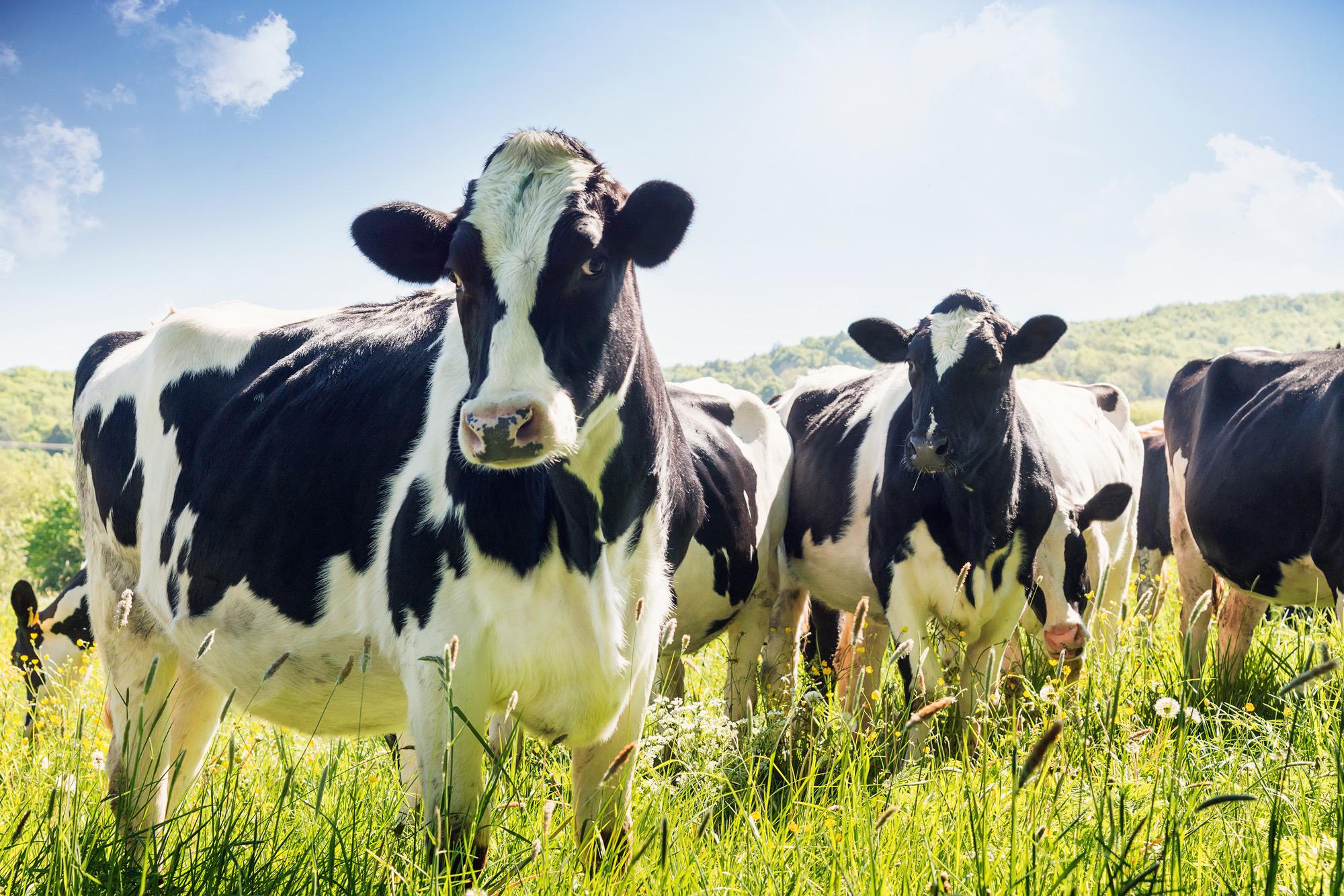

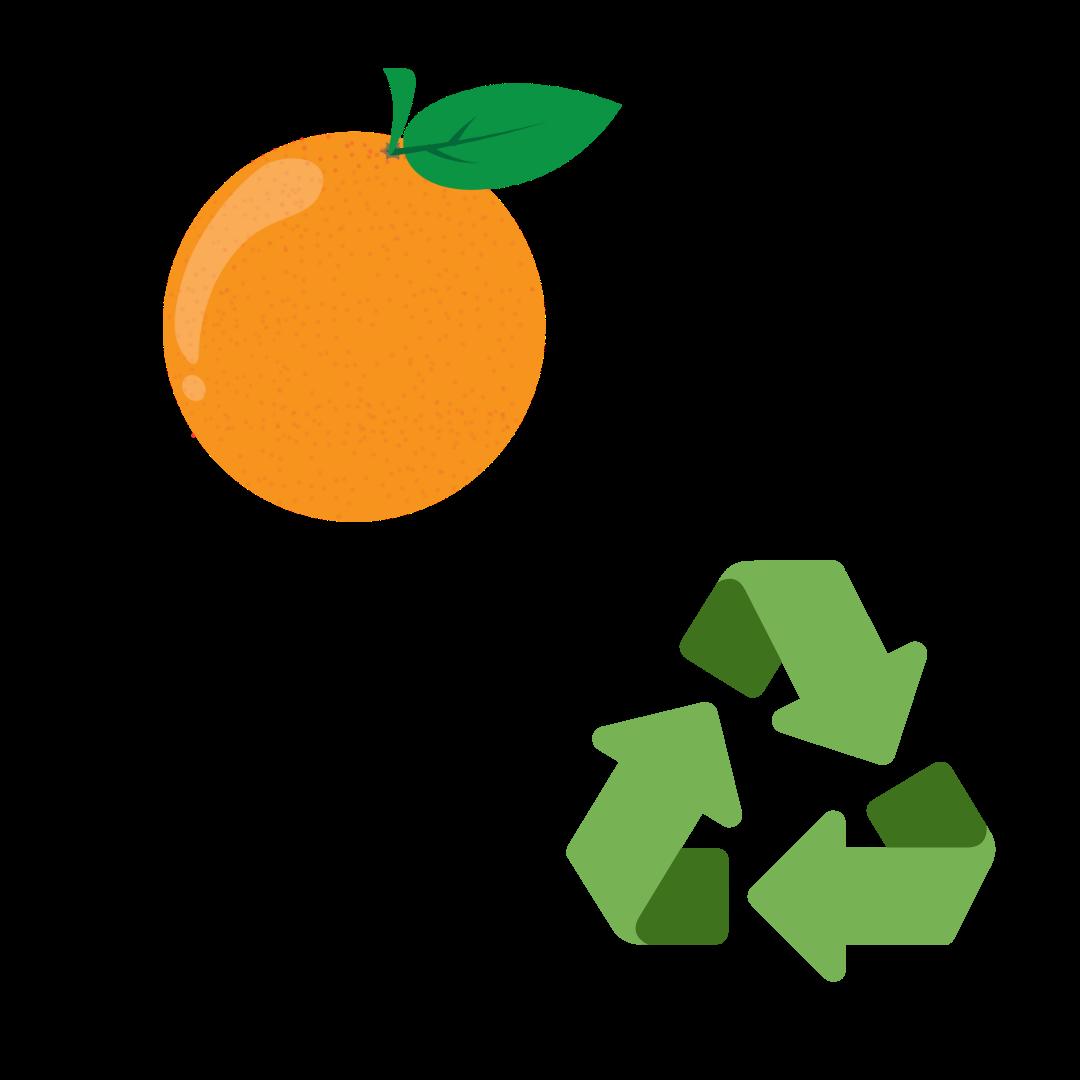

Georgia produces around 227 of milk per year.

Nearly 98% of U.S. dairy farms are family owned & operated.
Georgia is home to 85,000 dairy cows & 73 dairy farms.
Georgia dairy farmers byproducts such as citrus pulp, brewers’ grain and whole cottonseed that are consumed by the cows instead of ending up in landfills.
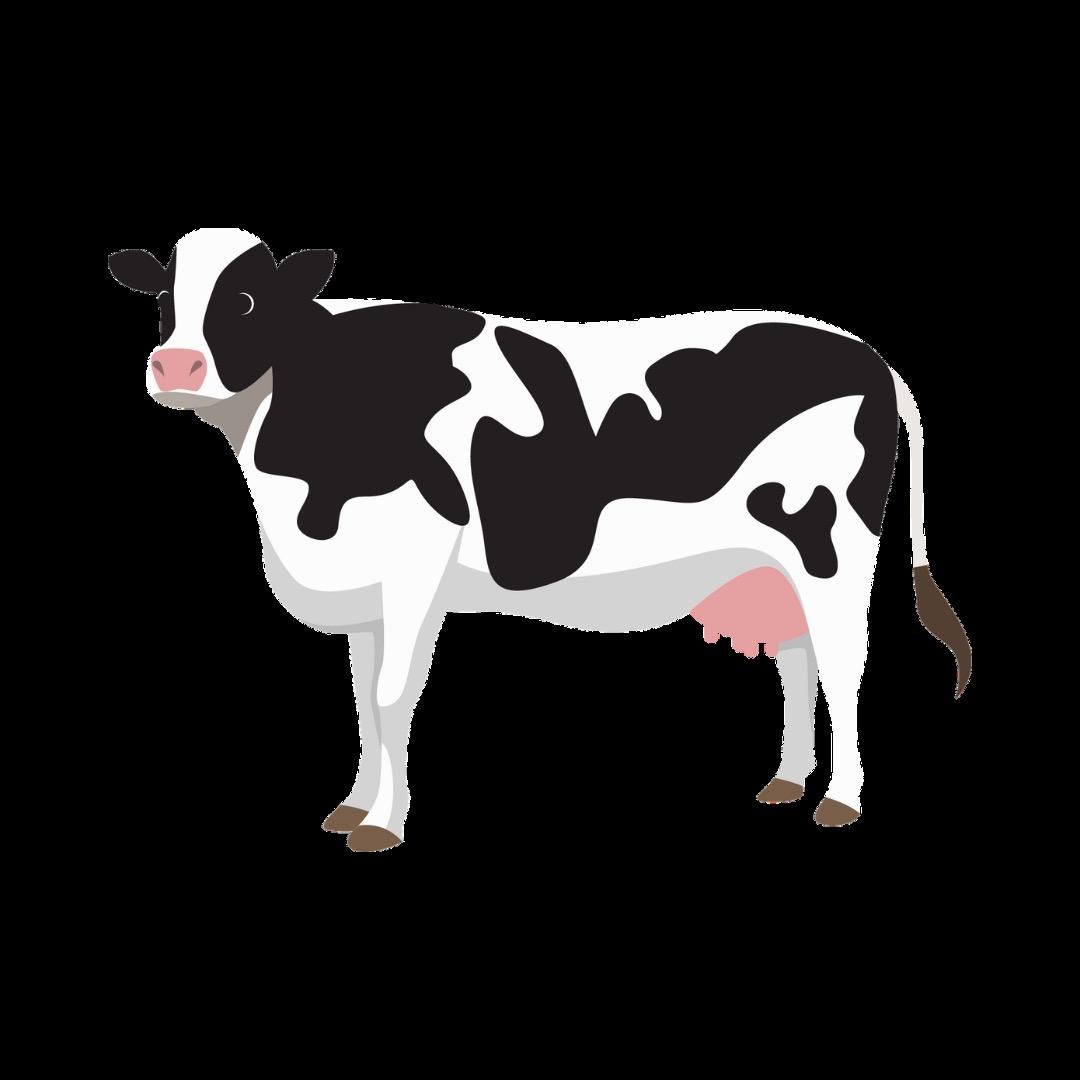
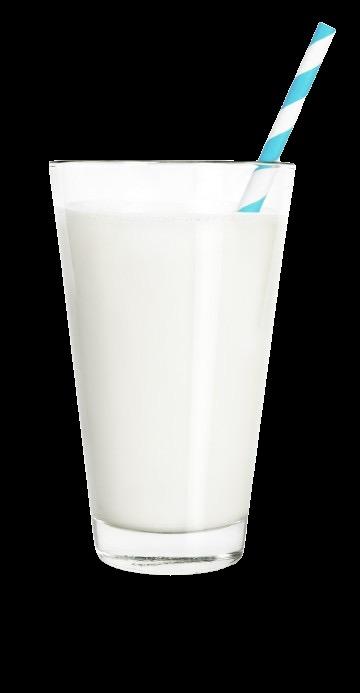
1 Georgia dairy cow produces around gallons Milk is the source of ALL products!


Macon, Brooks & Sumter counties are Georgia’s leading dairy counties.


Milk contains 13 essential nutrients.

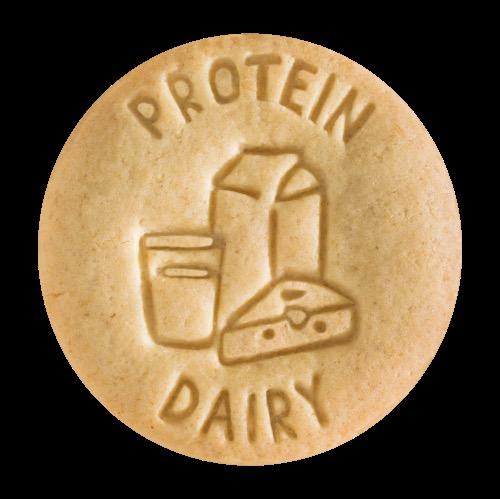




Protein builds, maintains and replaces the tissues in the body.
Protein helps to transport & store nutrients throughout the body.
18 - 20% of the body is protein.

EVERY cell in the human body contains protein.
The body cannot store protein long term… which is why protein needs to be consumed daily.

Protein is made

blocks.

Protein plays a big role in building and repairing muscles.
Protein is a MACRONUTRIENT . A macronutrient is a nutrient that the body needs in LARGE
Protein helps maintain fluid balance throughout the body.


Recipe Yields: 50 Servings – Serving: 10 oz. Smoothie
Credits as 1 M/MA & ½ Cup Pureed Fruit Juice
Pair with a single grain item (like to create a full reimbursable meal!
200 oz. Vanilla Yogurt
13 lbs. Frozen Strawberries (Whole)
8 Bananas
1 Gallon of Milk
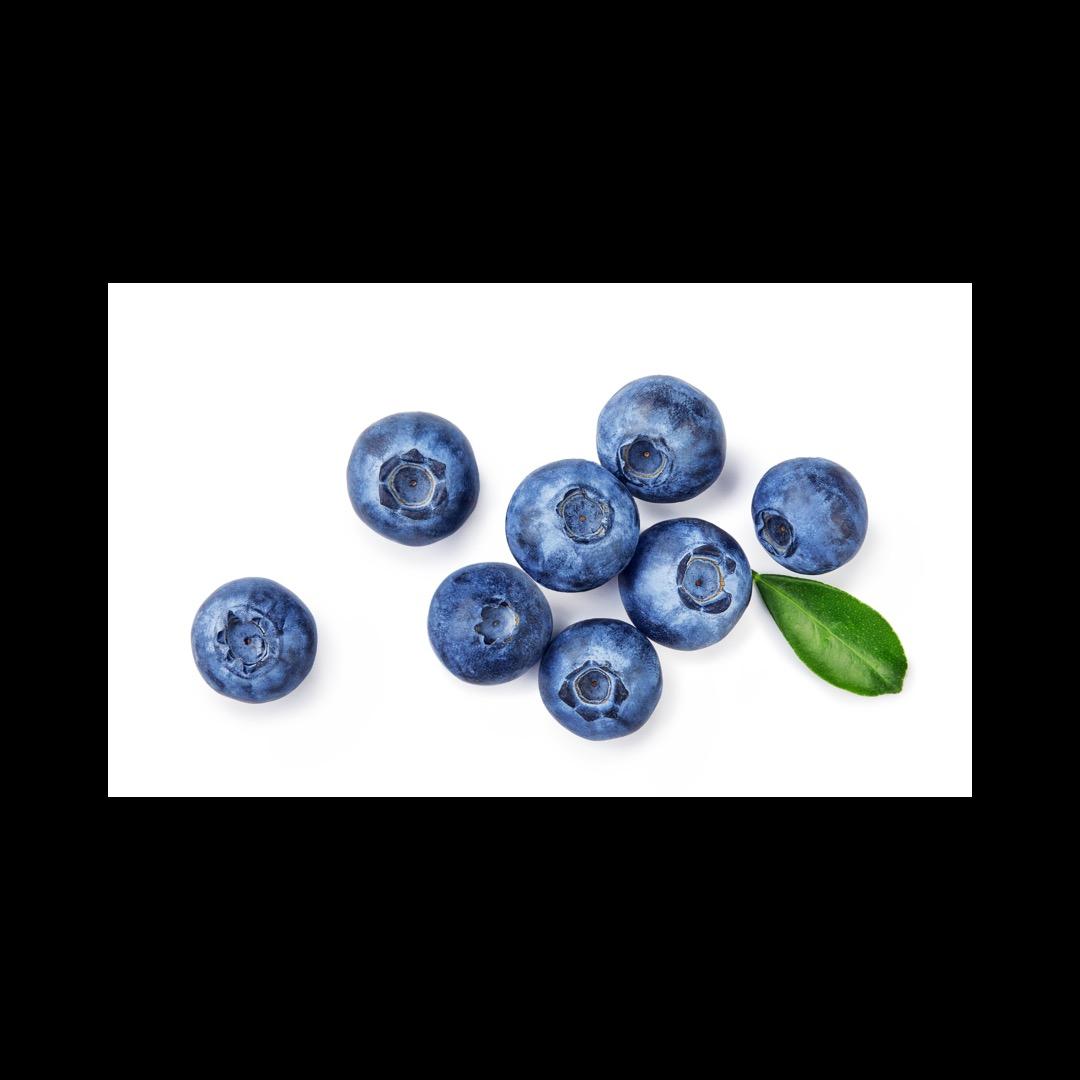
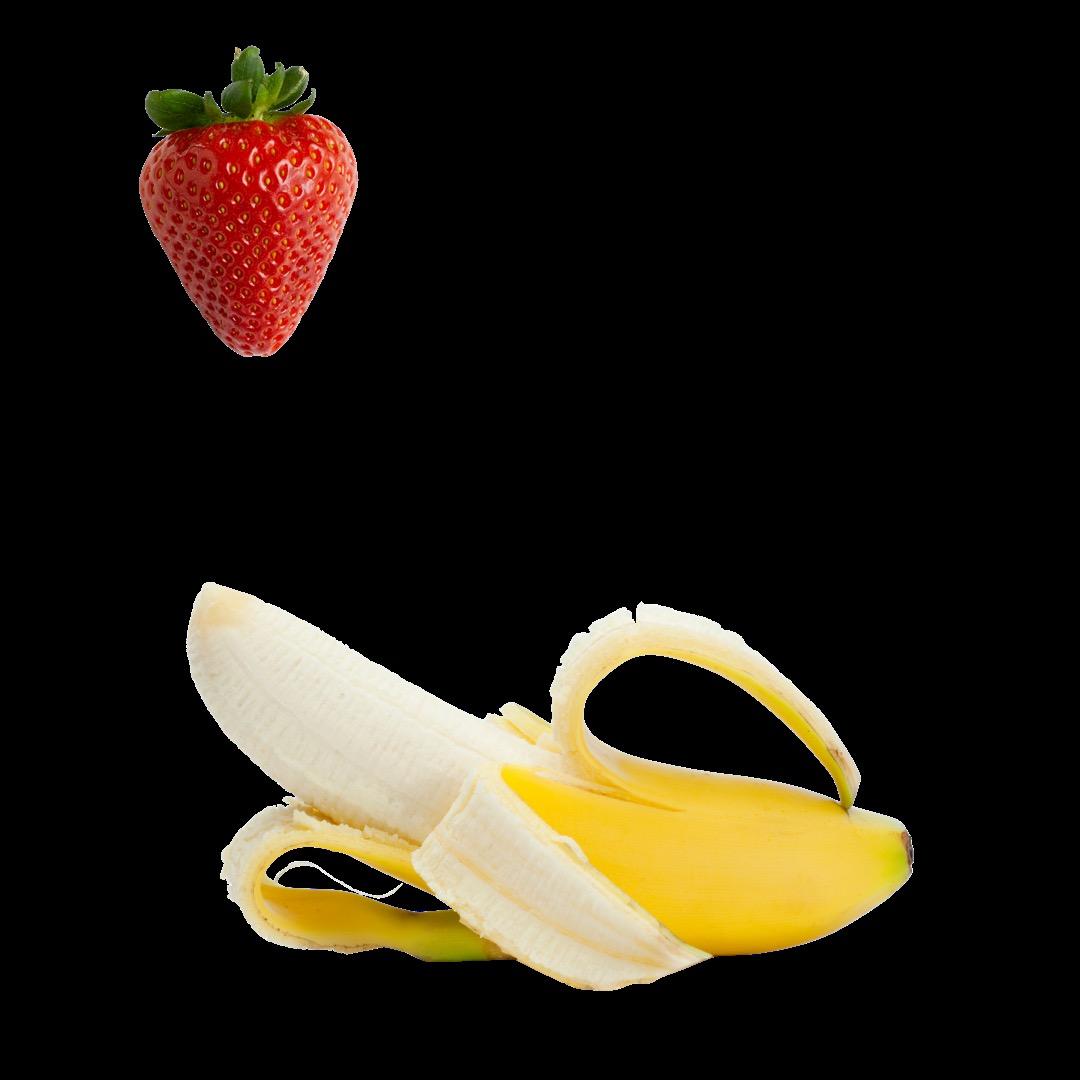

200 oz. Vanilla Yogurt
7 lbs. Frozen Blueberries (Whole)
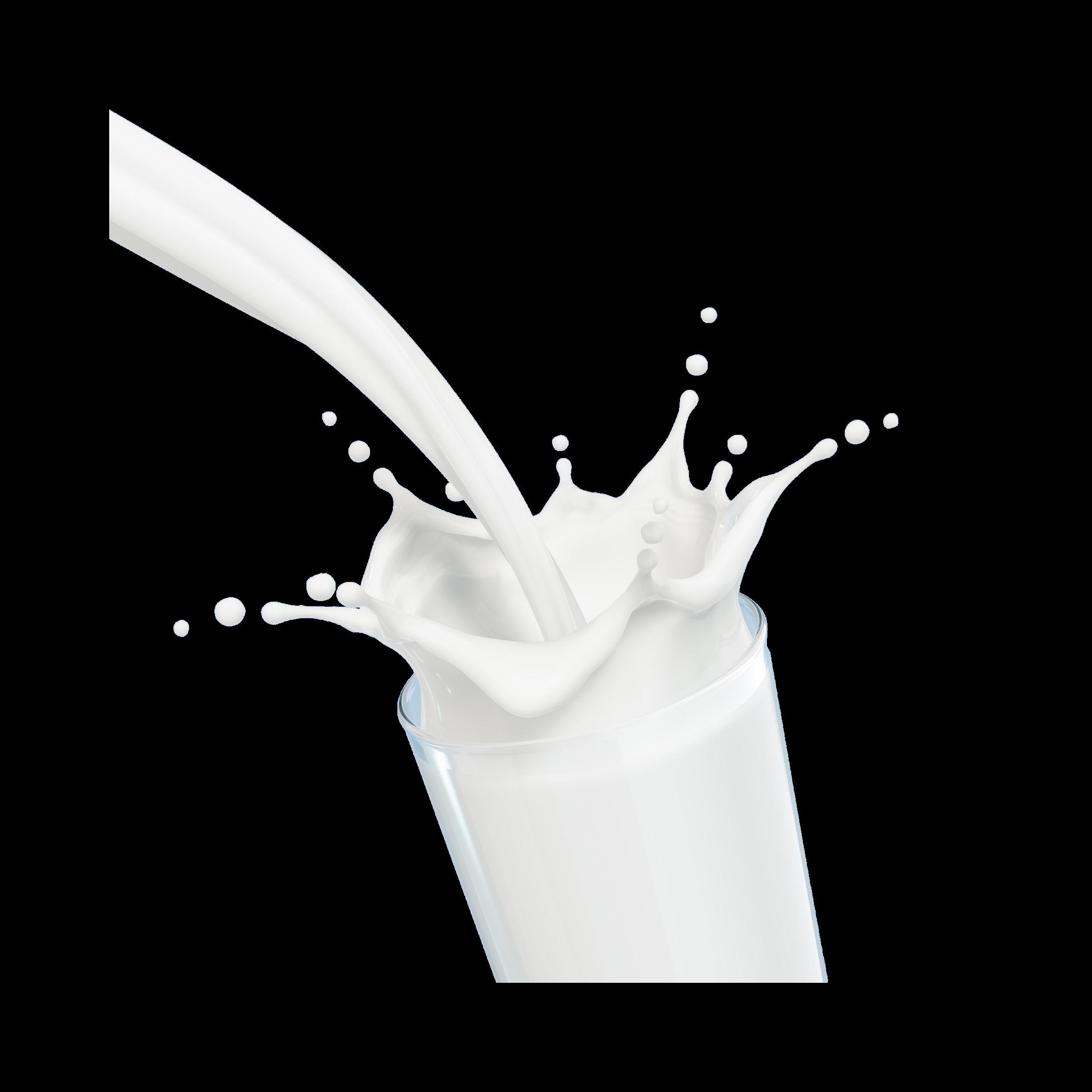
7 lbs. Frozen Strawberries (Whole)
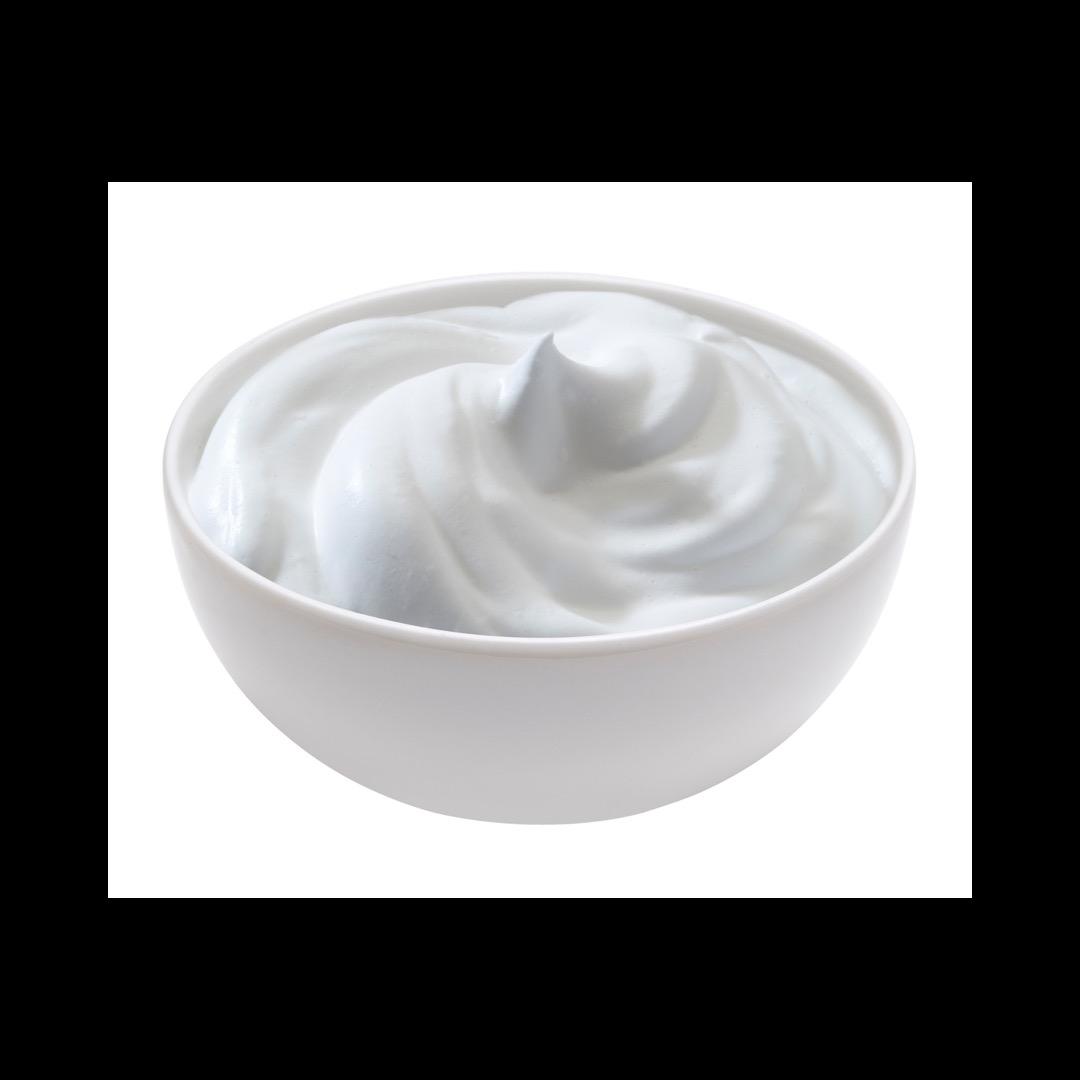
1 Gallon of Milk
Contact Will McWhirter at The Dairy Alliance to learn more about Smoothies in Schools! wmcwhirter@thedairyalliance.com